Sweden Travel Guide
Sweden Travel Guide – plan your trip to Sweden with our travel guide including how to get around, things to see and do, what and where to eat and many more.
Welcome to Sweden, a country known for its stunning natural beauty, rich history, and innovative culture. Located in Northern Europe, Sweden is the largest of the Scandinavian countries and is home to nearly 10 million people. As a tourist, you’ll find plenty to explore, from its picturesque countryside to its vibrant cities.
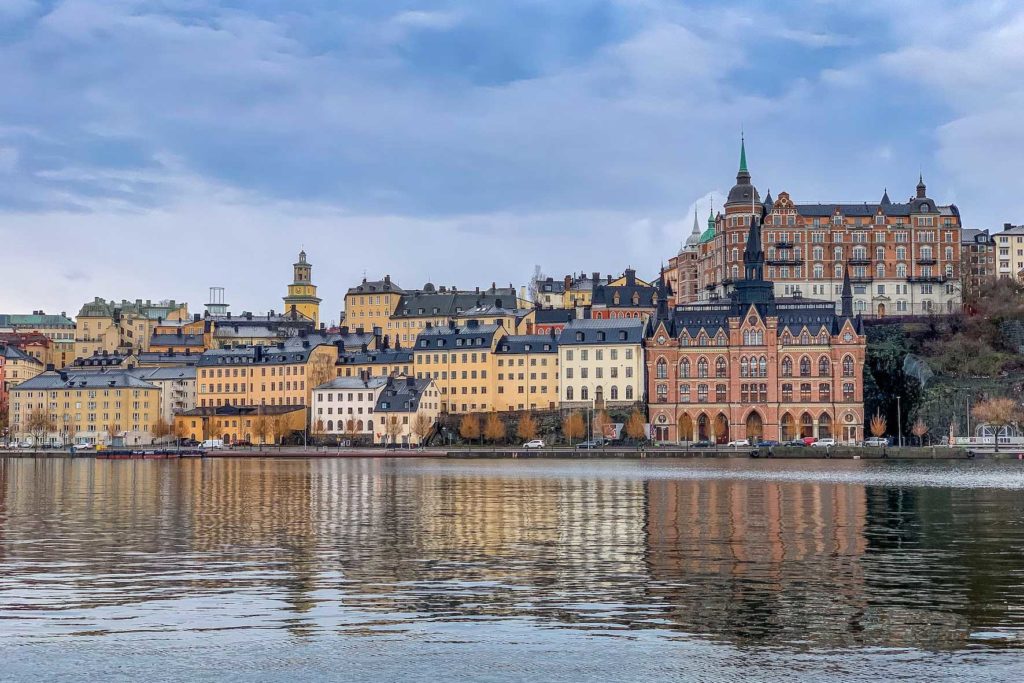
Travel to Sweden
One of the highlights of Sweden is its natural scenery. The country is home to vast forests, crystal-clear lakes, and the famous archipelago of Stockholm. Take a leisurely stroll through one of the many parks in Stockholm or venture out into the countryside for a hike or a bike ride. You’ll be amazed by the breathtaking views and tranquil atmosphere.
Sweden also has a rich history and cultural heritage. Discover the country’s Viking past at the Viking Museum in Stockholm, or visit the Royal Palace to see the changing of the guard. You can also explore the old town of Gamla Stan, which dates back to the 13th century and is full of charming cobblestone streets and colorful buildings. Finally, don’t forget to try some traditional Swedish cuisine, such as meatballs, pickled herring, and lingonberry jam.
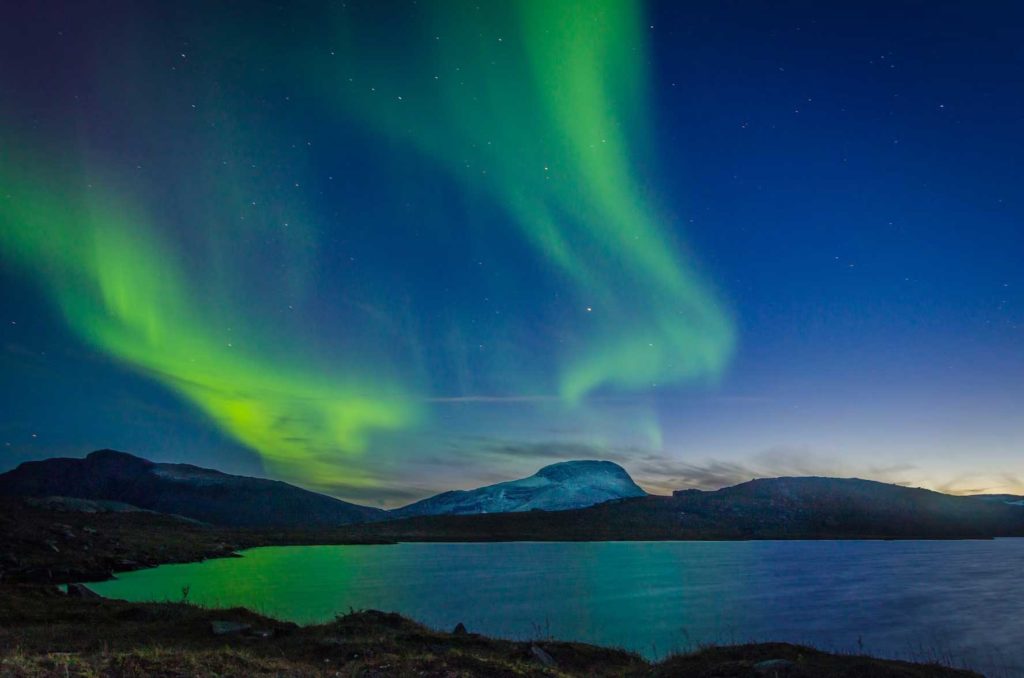
The best time to go to Sweden – the 4 seasons in Sweden
The best time to visit Sweden depends on what you want to experience. The country has a temperate climate with distinct seasons, and each season offers unique activities and attractions.
Summer, from June to August, is the most popular time to visit Sweden. The days are long and sunny, with an average temperature of around 20°C (68°F) and up to 24 hours of daylight in the far north. This is the perfect time to explore Sweden’s beautiful countryside, hike in the mountains, or enjoy a swim in one of the many lakes.
Fall, from September to November, is a beautiful time to visit Sweden. The leaves turn vibrant shades of red and gold, and the cooler temperatures make it ideal for outdoor activities like cycling and hiking. This is also a great time to experience traditional Swedish festivities, such as the harvest festival and All Saints’ Day.
Winter, from December to February, is a magical time in Sweden. The country is transformed into a winter wonderland, with snow-covered landscapes and opportunities for skiing, ice-skating, and snowmobiling. It is also the best time to witness the spectacular northern lights in the far north.
Spring, from March to May, is a time of renewal and rejuvenation in Sweden. The snow melts away, and the countryside comes back to life with wildflowers and budding trees. This is a great time for outdoor activities like cycling and hiking, and it’s also the time when many of Sweden’s cities come alive with festivals and cultural events.
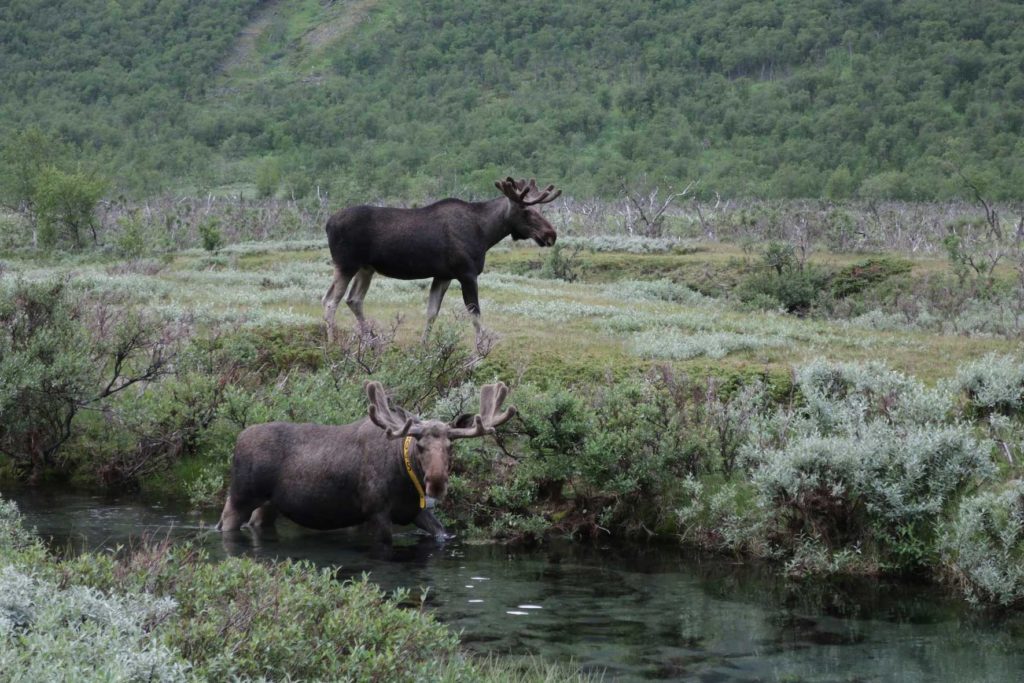
Visa and entry requirements in Sweden
Whether you need a visa to travel to Sweden depends on your nationality and the purpose of your visit.
If you are a citizen of the United States or one of the European Union countries, as well as several other countries such as Australia, Canada, Japan, South Korea, and New Zealand, you do not need a visa for stays of up to 90 days in Sweden. However, you will need a valid passport for the duration of your stay.
If you are a citizen of a country that is not on the list of visa-exempt countries, you will need to apply for a Schengen visa in order to visit Sweden. This applies to citizens of countries such as China, Russia, India, and many others. You can apply for a Schengen visa at the Swedish embassy or consulate in your home country.
It’s important to note that visa requirements can change, so it’s a good idea to check with the Swedish embassy or consulate in your country before you travel to make sure you have the most up-to-date information.
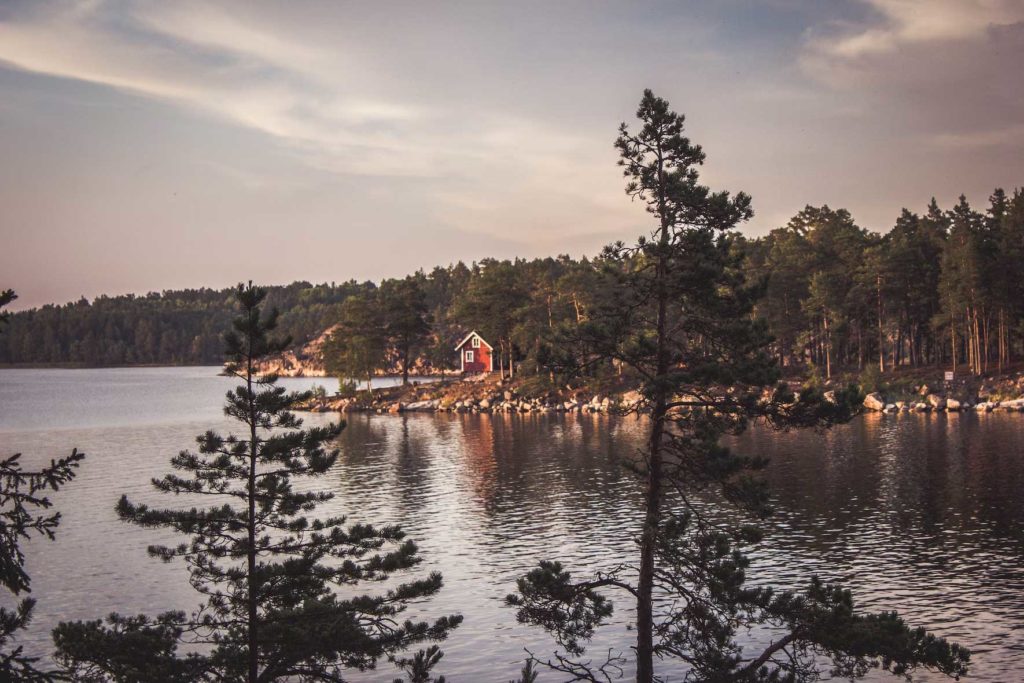
How to get around Sweden
Sweden has an efficient and well-developed transportation system, making it easy to get around the country.
Public Transport: Sweden has an extensive network of buses, trains, and subways that cover the entire country. Major cities like Stockholm, Gothenburg, and Malmö have efficient and reliable public transport systems that are easy to navigate. You can purchase tickets at train stations, bus terminals, or through mobile apps.
Car rental: Renting a car is a popular way to explore Sweden’s scenic countryside. Major car rental companies are available at airports and city centers, and driving in Sweden is relatively easy, with well-maintained roads and highways.
Bicycle: Sweden has an extensive network of bike paths and trails, making cycling a great option for exploring the countryside and cities. Many towns and cities offer bike rentals, and there are numerous guided cycling tours available.
Ferry: Sweden is surrounded by water, and there are many ferry services available that connect the mainland to the archipelagos and islands. Popular ferry routes include Stockholm to the archipelago, and Gothenburg to the islands of the Bohuslän coast.
Air Travel: Sweden has several domestic airports that connect major cities, including Stockholm, Gothenburg, and Malmö. Domestic air travel can be convenient if you are traveling long distances within the country.
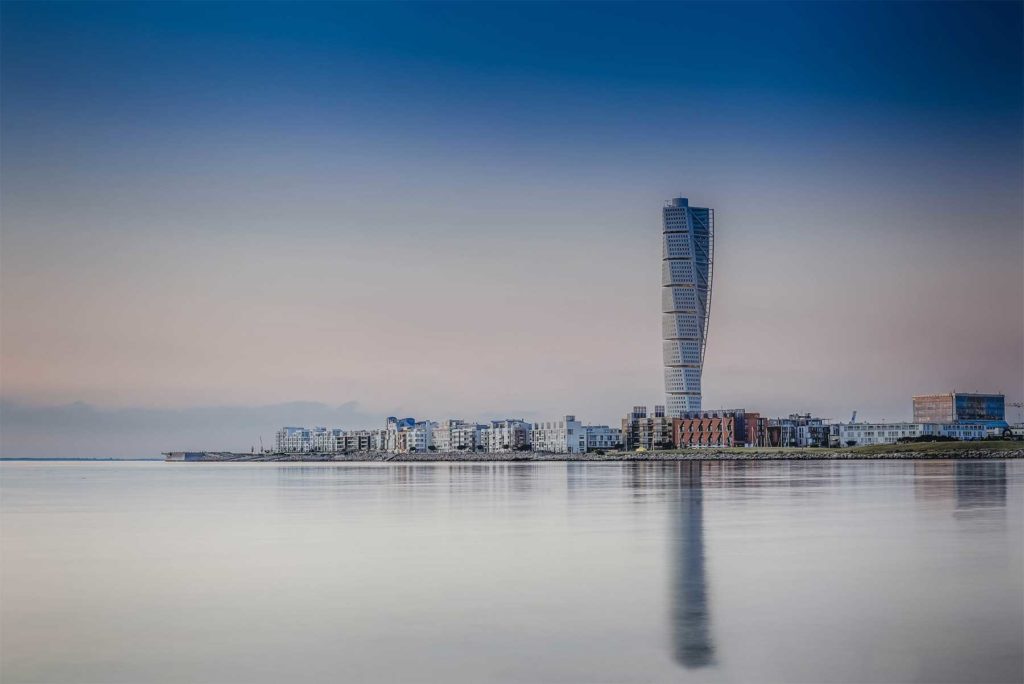
Explore the regions in Sweden
Stockholm: The capital of Sweden, Stockholm is a beautiful city built on 14 islands. Visitors can explore the historic Gamla Stan (Old Town), the Royal Palace, and the Vasa Museum, which houses a well-preserved 17th-century warship. The city is also known for its excellent restaurants, cafes, and shops.
Gothenburg: Located on the west coast of Sweden, Gothenburg is the country’s second-largest city. Highlights include the picturesque Haga district, the Liseberg amusement park, and the Gothenburg Museum of Art. The city is also known for its seafood and bustling harbor.
Malmö: Situated in the southernmost part of Sweden, Malmö is a vibrant and cosmopolitan city. Visitors can stroll along the canal-lined streets of the Old Town, visit the impressive Malmö Castle, or explore the Turning Torso skyscraper, which is the tallest building in Scandinavia.
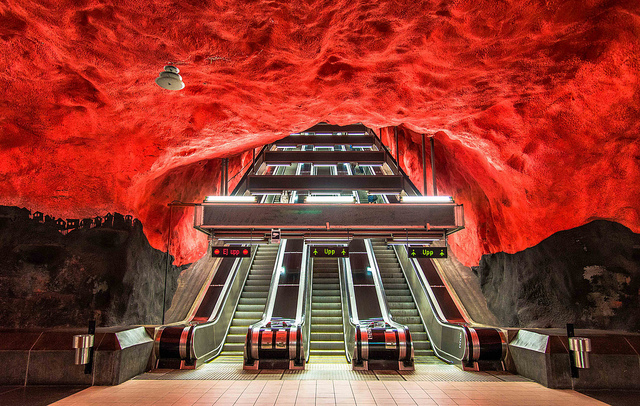
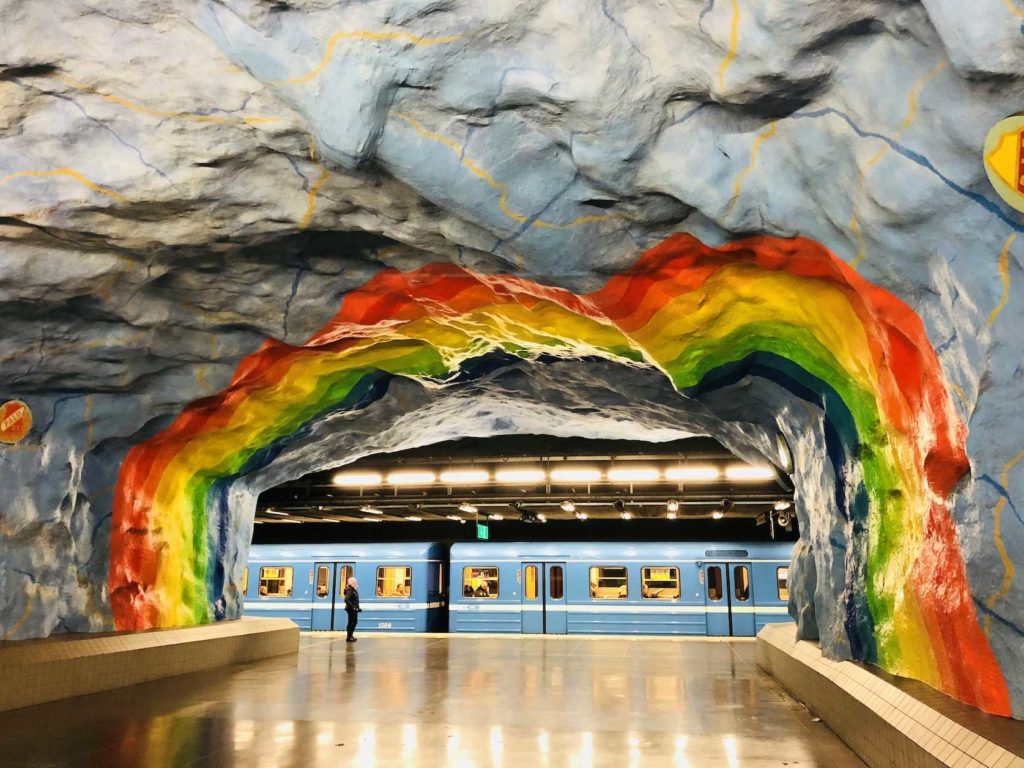
Skåne: Known for its rolling countryside and charming villages, Skåne is a popular destination for nature lovers. Visitors can explore the stunning coastline, visit the picturesque town of Ystad, or sample the local food and wine at one of the many farms and vineyards.
Småland: A region of forests and lakes in the south of Sweden, Småland is famous for being the birthplace of IKEA and Astrid Lindgren, the author of Pippi Longstocking. Visitors can explore the charming town of Vimmerby, visit the Småland Museum, or enjoy outdoor activities like hiking and fishing.
Dalarna: Known for its traditional red-painted houses and colorful folk costumes, Dalarna is a region in central Sweden that offers a glimpse into Swedish culture and history. Visitors can explore the charming town of Falun, visit the Dalarna Museum, or enjoy outdoor activities like hiking and skiing in the nearby mountains.
Lapland: The northernmost region of Sweden, Lapland is home to the indigenous Sami people and offers a chance to experience the Arctic wilderness. Visitors can go dog sledding, snowmobiling, or see the Northern Lights in the winter, or go hiking and fishing in the summer. Rovaniemi, the capital of Finnish Lapland, is also a popular destination for its Santa Claus Village and Arctic Circle crossing.
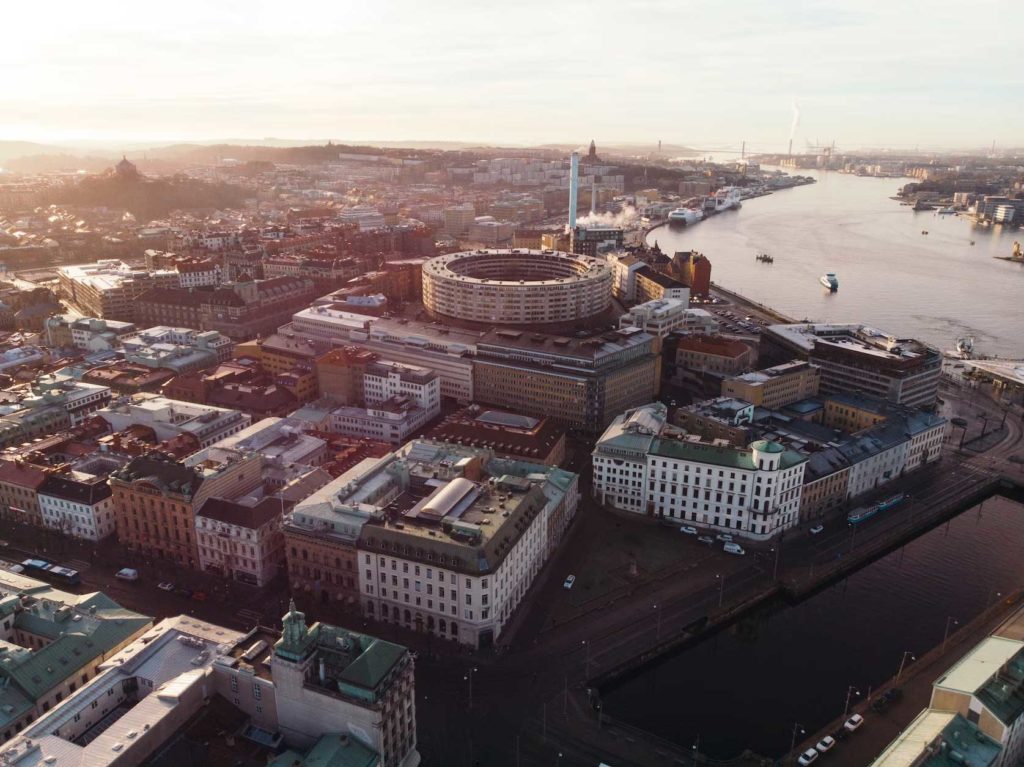
Explore the cities in Sweden
Stockholm, the capital city of Sweden, is known for its picturesque architecture, world-class museums, and vibrant nightlife. Some of the city’s most iconic landmarks include the Royal Palace, the Vasa Museum, and the historic Gamla Stan district. Visitors can also enjoy shopping in trendy neighborhoods like Södermalm and dining in some of the city’s top restaurants and cafes.
Gothenburg, located on the west coast of Sweden, is a bustling port city with a thriving cultural scene. Some of the city’s top attractions include the Liseberg amusement park, the Gothenburg Museum of Art, and the historic Haga district. Visitors can also explore the city’s many parks and gardens, as well as enjoy seafood and other local specialties in the city’s many restaurants.
Malmö, located in southern Sweden, is a lively and cosmopolitan city with a rich history and culture. Some of the city’s top attractions include the Malmö Castle, the Turning Torso skyscraper, and the Stortorget square. Visitors can also explore the city’s many parks and beaches, as well as enjoy shopping and dining in the city’s many cafes and restaurants.
Jönköping, located in central Sweden, is a charming and historic city known for its scenic lakes and natural beauty. Some of the city’s top attractions include the Vättern beach, the Jönköping County Museum, and the Match Museum. Visitors can also explore the city’s many parks and gardens, as well as enjoy outdoor activities like hiking and cycling.
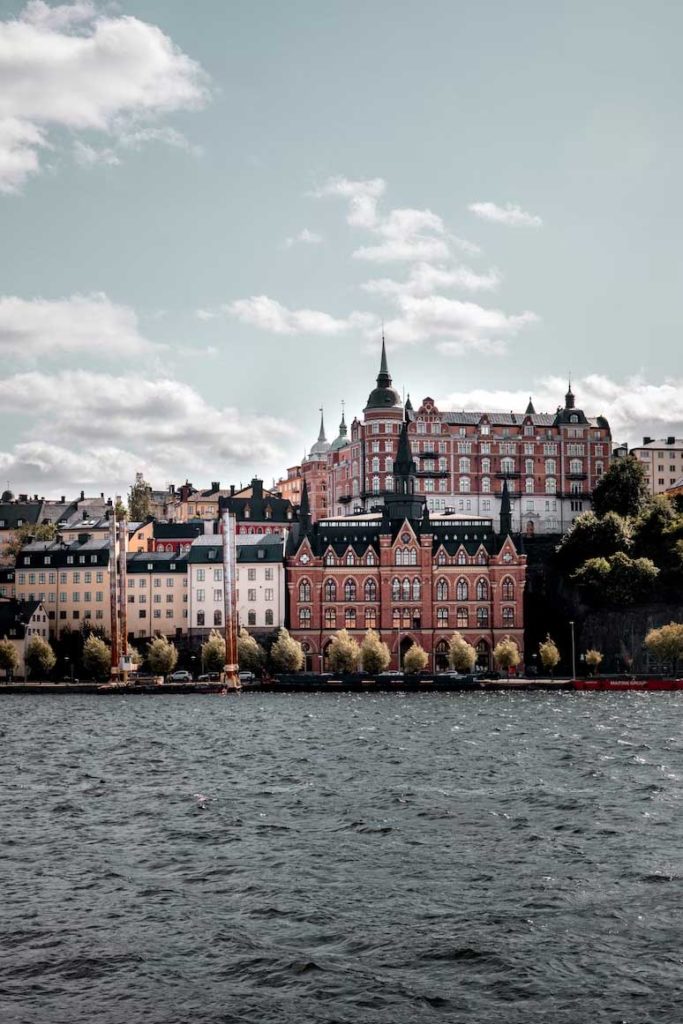
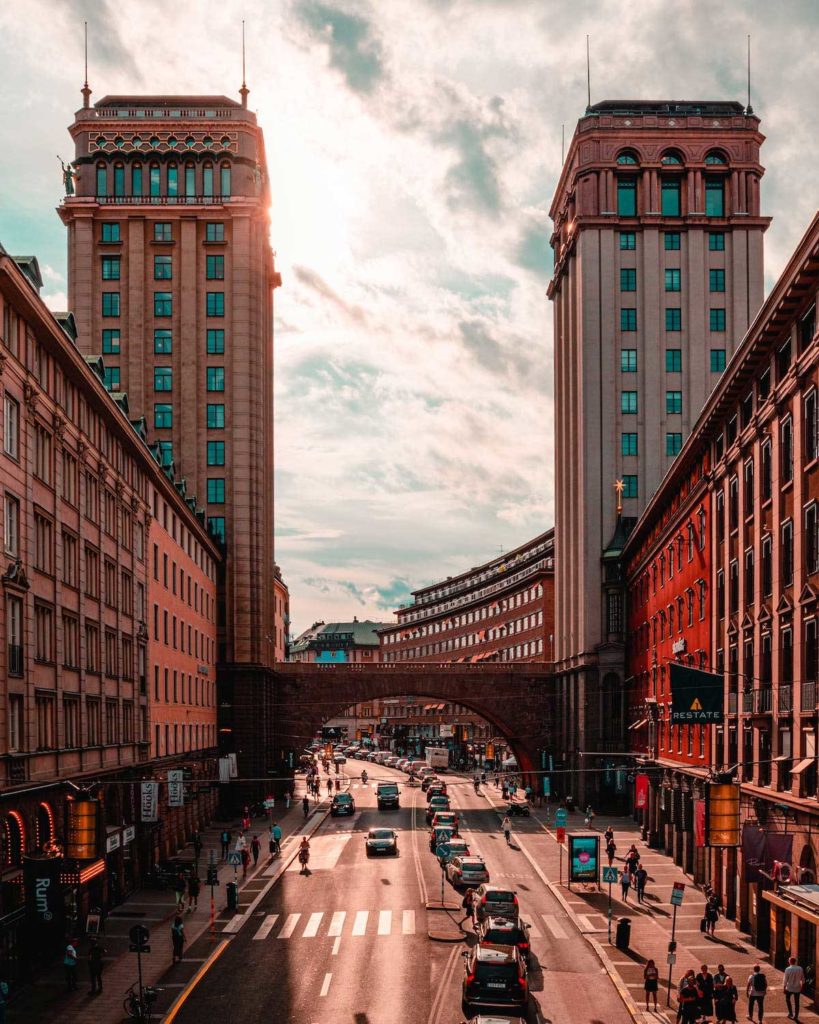
Östersund, located in northern Sweden, is a lively and cultural city with a strong tradition of arts and music. Some of the city’s top attractions include the Jamtli Open Air Museum, the Storsjöbadet water park, and the Frösö Zoo. Visitors can also enjoy skiing and other winter sports in the nearby mountains, as well as exploring the city’s many shops and restaurants.
Åre, located in the northwestern part of Sweden, is a popular ski resort town with stunning natural beauty and a range of outdoor activities. Some of the town’s top attractions include skiing and snowboarding in the nearby mountains, hiking and cycling in the summer months, and exploring the town’s many shops and restaurants.
Kiruna, located in the far north of Sweden, is a unique and remote city known for its stunning natural beauty and fascinating culture. Some of the city’s top attractions include the Icehotel, the Aurora Sky Station, and the Kiruna Church. Visitors can also enjoy exploring the city’s many museums and cultural centers, as well as experiencing the unique Arctic landscape and wildlife.
Uppsala, located just north of Stockholm, is a historic and charming university town known for its beautiful architecture and cultural attractions. Some of the city’s top landmarks include the Uppsala Cathedral, the Linnaeus Museum, and the Carolina Rediviva library. Visitors can also explore the city’s many parks and gardens, as well as enjoy shopping and dining in the city’s many cafes and restaurants.
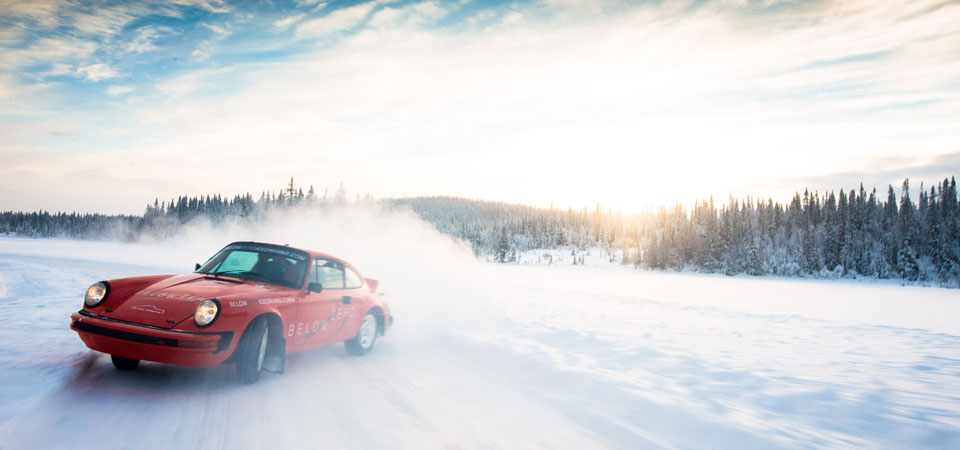
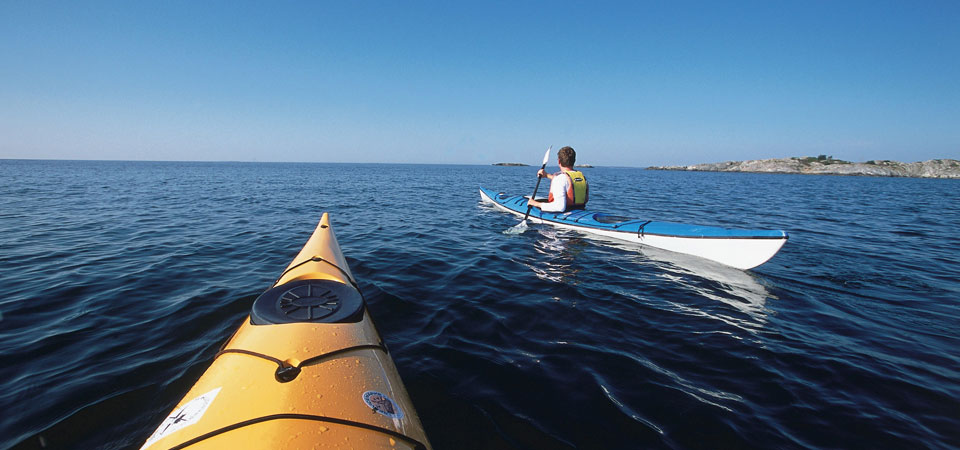
Västerås, located in central Sweden, is a bustling industrial city with a rich history and culture. Some of the city’s top attractions include the Anundshög burial mound, the Västerås Castle, and the Kokpunkten water park. Visitors can also explore the city’s many museums and cultural centers, as well as enjoy shopping and dining in the city’s many shops and restaurants.
Örebro, located in central Sweden, is a picturesque and historic city known for its scenic castle and charming streets. Some of the city’s top landmarks include the Örebro Castle, the Wadköping open-air museum, and the Svampen tower. Visitors can also enjoy exploring the city’s many parks and gardens, as well as dining in the city’s many restaurants and cafes.
Gävle, located on the east coast of Sweden, is a lively and cultural city known for its stunning architecture and rich history. Some of the city’s top landmarks include the Gävle Goat, the Old Town, and the Gävle Castle. Visitors can also explore the city’s many museums and cultural centers, as well as enjoy shopping and dining in the city’s many shops and restaurants.
Lund, located in southern Sweden, is a charming university town known for its beautiful architecture and cultural attractions. Some of the city’s top landmarks include the Lund Cathedral, the Botanical Garden, and the Lund University Historical Museum. Visitors can also explore the city’s many parks and gardens, as well as enjoy shopping and dining in the city’s many cafes and restaurants.
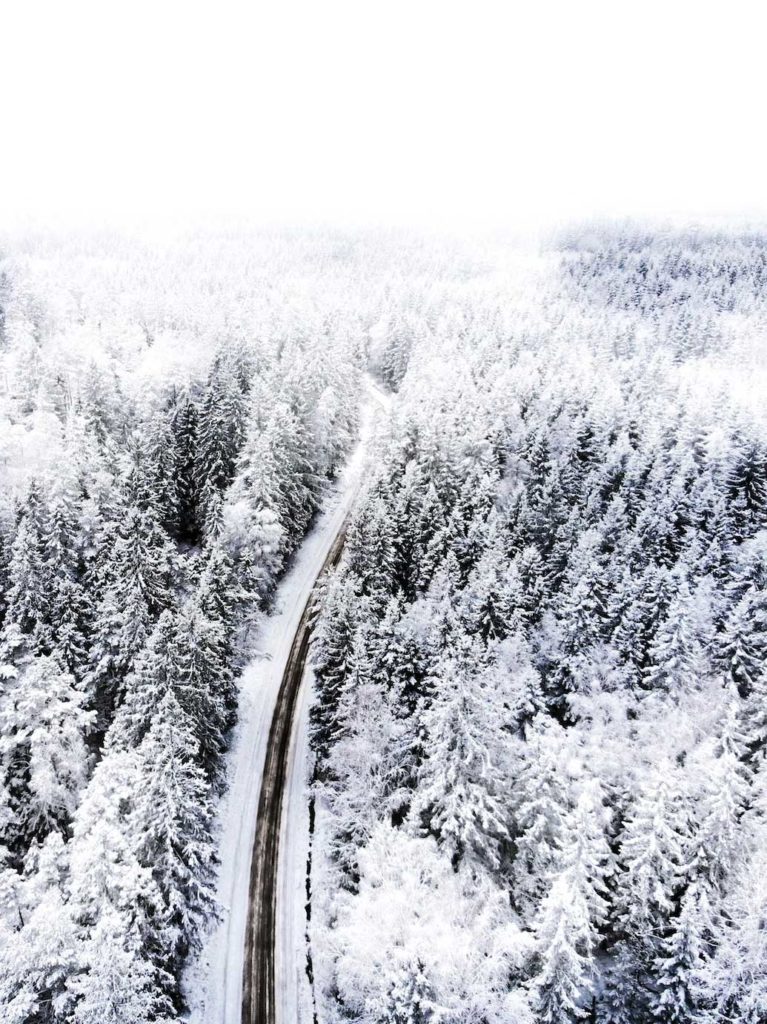
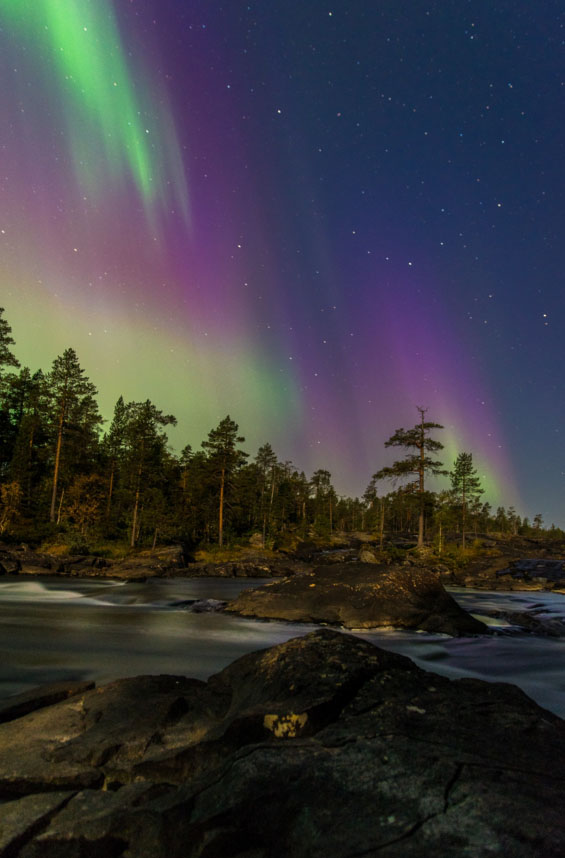
Norrköping, located on the east coast of Sweden, is a vibrant and cultural city known for its rich history and charming streets. Some of the city’s top landmarks include the Norrköping Art Museum, the Industrial Landscape, and the Kolmården Wildlife Park. Visitors can also explore the city’s many parks and gardens, as well as enjoy shopping and dining in the city’s many shops and restaurants.
Linköping, located in southern Sweden, is a historic and cultural city known for its stunning architecture and rich history. Some of the city’s top landmarks include the Linköping Cathedral, the Old Town, and the Swedish Air Force Museum. Visitors can also explore the city’s many parks and gardens, as well as enjoy shopping and dining in the city’s many cafes and restaurants.
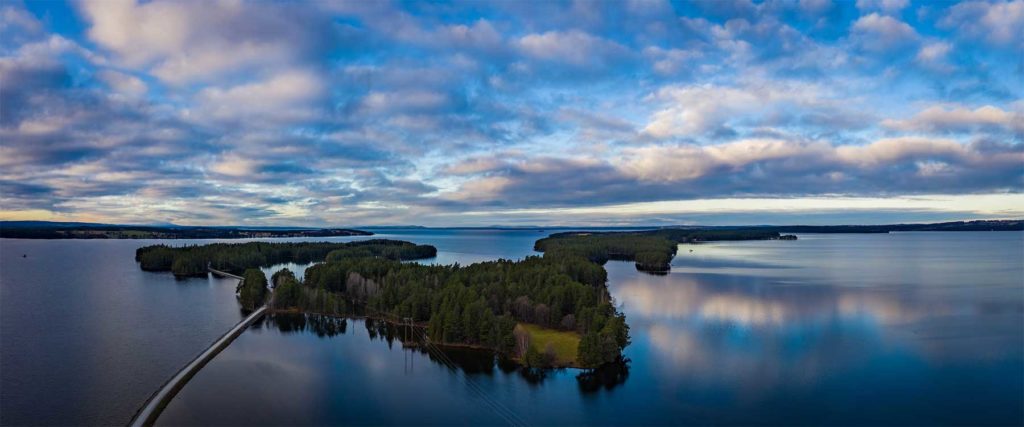
Things to see and activities to do in Sweden
Gamla Stan
Gamla Stan, or the Old Town of Stockholm, is one of the most picturesque and well-preserved historic districts in Europe. The area is known for its narrow cobbled streets, colorful buildings, and charming squares, and is a popular destination for visitors to Stockholm. One of the most iconic landmarks in Gamla Stan is the Royal Palace, which has over 600 rooms and is one of the largest palaces in Europe. The palace is open to the public and offers guided tours, as well as changing of the guard ceremonies.
Gamla Stan is also home to a range of museums, churches, and historic buildings, including the medieval Storkyrkan Cathedral and the Nobel Museum, which explores the history of the Nobel Prize. Visitors can also enjoy shopping for souvenirs and local crafts in the many boutiques and artisan shops that line the streets of Gamla Stan, as well as dining in some of Stockholm’s most popular restaurants and cafes.
Vasa Museum
The Vasa Museum is one of Stockholm’s most popular tourist attractions and is home to the restored 17th-century warship, Vasa. The museum’s centerpiece is the Vasa ship, which sank on its maiden voyage in 1628 and was salvaged from the depths of Stockholm’s harbor in 1961. The ship has since been restored and is now on display in the museum’s main hall, complete with its original masts and sails.
In addition to the Vasa ship, the museum features a range of exhibits and interactive displays that explore the history of the ship and life at sea during the 17th century. Visitors can learn about the ship’s construction, its ill-fated maiden voyage, and the efforts to salvage and restore the vessel. The museum also houses a collection of artifacts recovered from the ship, including clothing, tools, and personal belongings.
Abisko National Park
Abisko National Park is a stunning wilderness area located in the northernmost part of Sweden, in the region of Lapland. The park is known for its stunning natural beauty and unique wildlife, as well as its prime location for viewing the Northern Lights and the midnight sun.
In the winter months, Abisko National Park is one of the best places in the world to view the Northern Lights, thanks to its clear skies and lack of light pollution. Visitors can take guided tours or venture out on their own to see the spectacular display of colors and patterns that dance across the sky.
In the summer months, the park is bathed in the glow of the midnight sun, which never sets during certain times of the year. Visitors can enjoy hiking and outdoor activities under the bright and sunny skies, and take in the stunning views of the surrounding mountains and wilderness.
Abisko National Park is also home to a range of unique flora and fauna, including arctic foxes, reindeer, and several species of bird. Visitors can explore the park’s many trails and scenic vistas, and learn about the history and culture of the region at the park’s visitor center.
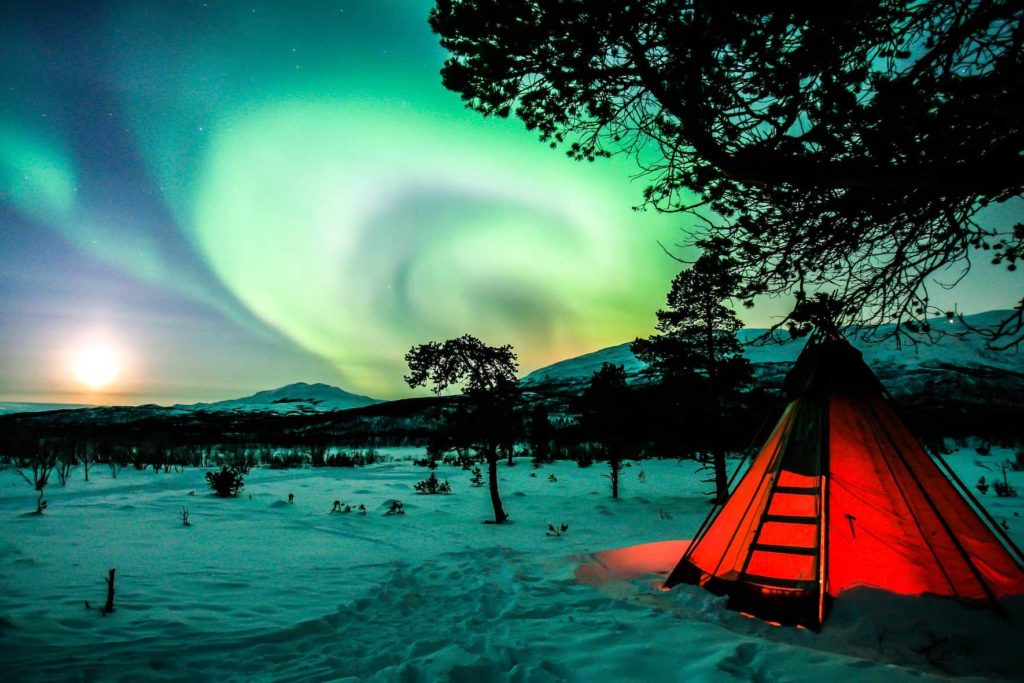
Gothenburg’s archipelago
Gothenburg’s archipelago is a stunning collection of islands and coastline located just off the city’s shores. Visitors can take a ferry from Gothenburg to explore the many islands, which offer a range of activities and attractions, from hiking and biking to swimming and sunbathing.
Some of the most popular islands to visit include Hönö, which is known for its charming fishing village and beautiful beaches, and Vrångö, which is a quiet and peaceful island with a rich history and stunning natural beauty. Visitors can also explore the car-free island of Styrsö, which is home to a range of restaurants, cafes, and shops, as well as several historic landmarks and cultural attractions.
Liseberg
Liseberg is an amusement park located in the heart of Gothenburg, Sweden. Founded in 1923, it is one of the oldest and most popular amusement parks in Europe, attracting over 3 million visitors each year. The park features a range of attractions, including roller coasters, water rides, carousels, and other classic amusement park rides.
One of the park’s most popular attractions is the Balder, a wooden roller coaster that has been voted the best wooden coaster in the world. The park also features a range of family-friendly rides and activities, such as bumper cars, a Ferris wheel, and a haunted house.
In addition to its rides and attractions, Liseberg is also home to several restaurants, cafes, and shops, offering a range of dining and shopping options for visitors of all ages. The park also hosts several seasonal events throughout the year, such as a Halloween-themed festival and a Christmas market.
Drottningholm Palace
Drottningholm Palace is a stunning palace located just outside of Stockholm, Sweden. Built in the 17th century, the palace is a stunning example of Baroque architecture and is considered one of the best-preserved royal palaces in Europe. The palace is also a UNESCO World Heritage site, recognized for its historical and cultural significance. Drottningholm Palace has been the residence of the Swedish royal family since the 18th century and is still used as a private residence by the current king and queen of Sweden. Visitors can explore the palace’s many rooms and halls, which are filled with stunning artwork, furniture, and decor from various periods in history.
One of the palace’s most iconic landmarks is the Drottningholm Palace Theatre, which is one of the oldest and best-preserved Baroque theatres in the world. Visitors can attend performances and concerts at the theatre, which features original stage machinery and costumes. In addition to the palace itself, visitors can also explore the palace’s stunning gardens and grounds, which include several lakes, canals, and fountains, as well as a Chinese Pavilion and several other ornate structures.
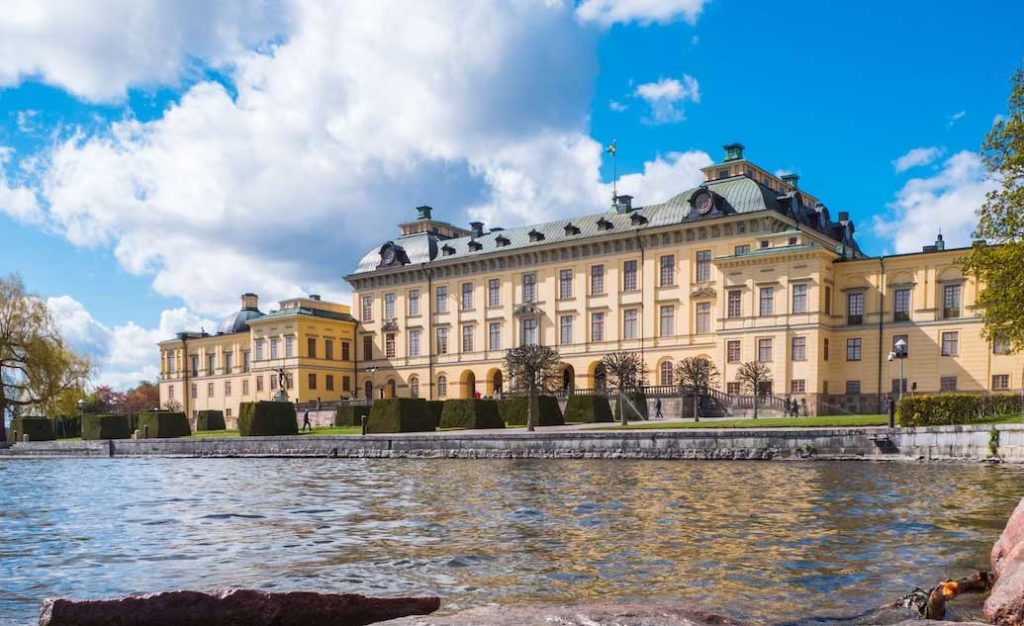
Malmö Castle
Malmö Castle is a historic fortress located in the heart of Malmö, Sweden. Built in the 16th century, the castle is a stunning example of Renaissance architecture and is one of the most important historic landmarks in the region. Today, the castle is a popular tourist attraction and home to several museums and cultural centers.
Visitors to Malmö Castle can explore the castle’s many rooms and halls, which are filled with fascinating exhibits and artifacts from various periods in history. The castle is home to several museums, including the Malmö Museums, which features exhibits on local history and culture, as well as the Skåne Art Museum, which showcases a range of works by local and international artists.
In addition to its museums, Malmö Castle is also home to several restaurants, cafes, and shops, offering a range of dining and shopping options for visitors of all ages. The castle’s stunning grounds, which include a moat, a rose garden, and several other scenic areas, are also open to visitors, offering a peaceful and beautiful setting for a stroll or picnic.
Skansen
Skansen is a unique and fascinating open-air museum located in Stockholm, Sweden. Founded in 1891, the museum is the oldest of its kind in the world and is dedicated to preserving and showcasing traditional Swedish architecture and culture. The museum’s vast grounds are home to over 150 historic buildings, which have been carefully preserved and reconstructed to provide visitors with an immersive and engaging experience of life in Sweden throughout history.
Visitors to Skansen can explore the museum’s many buildings and exhibits, which include everything from farms and mills to shops and homes. Each building is staffed with costumed interpreters who demonstrate traditional crafts and activities, such as weaving, cooking, and blacksmithing. The museum also features a range of live demonstrations and performances, including folk music and dance, which provide visitors with a unique and unforgettable glimpse into the rich cultural heritage of Sweden.
Göta Canal
The Göta Canal is a historic and picturesque canal that spans 190 km from Stockholm to Gothenburg in Sweden. The canal was built in the early 19th century to connect the Baltic Sea to the North Sea and played an important role in Swedish trade and transportation for many years. Today, the canal is a popular destination for tourists, offering a range of scenic boat tours and other activities.
Visitors to the Göta Canal can take a leisurely boat tour along the canal, which offers stunning views of the surrounding countryside, as well as a chance to see several historic locks and other engineering marvels. Along the way, visitors can stop at several charming towns and villages, where they can explore local attractions and sample regional cuisine. The canal is also a popular destination for cycling and hiking, with several scenic trails and paths winding along its banks.

Visby
Visby is a stunning medieval town located on the island of Gotland in Sweden. The town is known for its well-preserved ruins and buildings, which showcase a fascinating mix of medieval and modern architecture. In recognition of its historical and cultural significance, Visby has been recognized as a UNESCO World Heritage site, attracting thousands of visitors from around the world each year.
Visitors to Visby can explore the town’s many winding streets and alleys, which are lined with charming shops, cafes, and restaurants. The town is also home to several historic landmarks, including the Visby City Wall, which dates back to the 13th century, and the St. Mary’s Cathedral, which is considered one of the finest examples of medieval architecture in Scandinavia.
Jukkasjärvi Church
Jukkasjärvi Church is a stunning wooden church located in the heart of Lapland, Sweden. Built in 1608, the church is the oldest building in the area and is a popular destination for visitors from around the world. The church’s wooden construction and unique architecture give it a rustic and charming atmosphere, while its rich history and cultural significance make it an important landmark in the region.
In addition to its historical and cultural importance, Jukkasjärvi Church is also a popular destination for weddings and other special events. The church’s serene and picturesque surroundings, including its proximity to the stunning Torne River, make it an ideal location for couples looking to tie the knot in a truly unique and memorable setting.
Öresund Bridge
The Öresund Bridge is a world-famous bridge that connects Sweden and Denmark, spanning the Öresund Strait. The bridge, which was completed in 2000, is an engineering marvel, and one of the longest combined road and rail bridges in Europe. The bridge’s modern design and stunning views of the surrounding coastline make it a popular destination for tourists, who can take in the sights from the comfort of a car or train. The bridge is also an important link between the two countries, allowing for easy transportation and trade, and has become a symbol of the close ties between Sweden and Denmark. Overall, the Öresund Bridge is a must-see destination for anyone interested in engineering, transportation, or breathtaking views of the Scandinavian coastline.
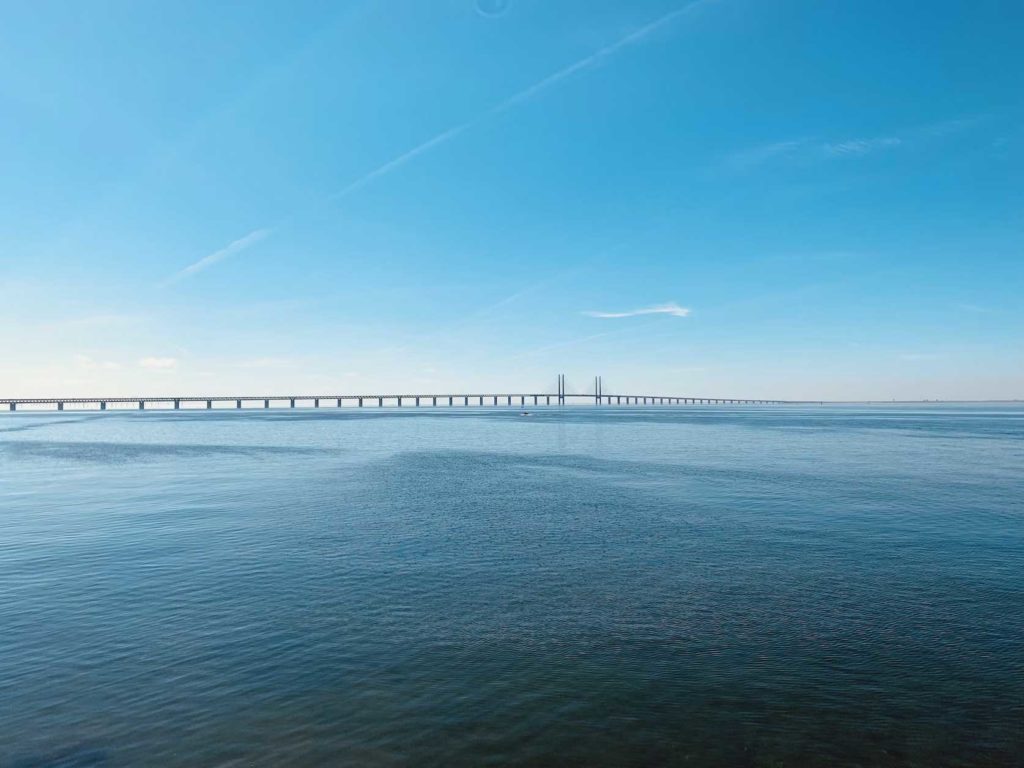
Kalmar Castle
Kalmar Castle is a magnificent fortress located in the city of Kalmar, in southeastern Sweden. The castle dates back to the 12th century and has played an important role in Swedish history, serving as a military stronghold and a residence for several important Swedish monarchs. Today, the castle is open to the public and offers a range of activities and attractions for visitors of all ages.
Visitors to Kalmar Castle can explore the castle’s many rooms and halls, which are filled with stunning artwork, furniture, and decor from various periods in history. The castle also features several museums and exhibits, including a display of medieval weapons and armor, and a collection of historic tapestries. In addition to its indoor attractions, the castle’s grounds are also home to several beautiful gardens and outdoor areas, including a moat and a drawbridge.
Tour Stockholm Royal Palace (Kungliga Slottet)
Touring the Stockholm Royal Palace, also known as the Kungliga Slottet, is a must-do activity for anyone visiting the Swedish capital. The palace is the official residence of the Swedish royal family and is one of the largest palaces in Europe. Visitors to the palace can explore the many rooms and halls, which are filled with stunning artwork, furniture, and decor from various periods in history. The palace also features several museums and exhibits, including the Royal Armoury, which displays a range of historic weapons and armor. Additionally, the palace is home to the Swedish Crown Jewels, which are kept in a secure vault and can be viewed by visitors. Overall, touring the Stockholm Royal Palace is an opportunity to experience Sweden’s rich royal history and culture up close, and is sure to leave a lasting impression on visitors of all ages and backgrounds.
Stay in an ice hotel in Swedish Lapland
Staying in an ice hotel in Swedish Lapland is a once-in-a-lifetime experience that is sure to leave a lasting impression. These unique hotels are built entirely of ice and snow each winter and offer a truly unforgettable and magical experience. Visitors can sleep in specially designed ice rooms or suites, adorned with stunning ice sculptures and carvings. Many ice hotels also offer a range of other activities, such as dog sledding, snowmobiling, and ice fishing, making them an ideal destination for adventure-seekers and nature enthusiasts.
Some popular ice hotels to stay at in Swedish Lapland include the ICEHOTEL in Jukkasjärvi, which is considered the original and largest ice hotel in the world. Another popular option is the Sorrisniva Igloo Hotel in Norway, just a short drive from the Swedish border. Both of these hotels offer a range of unique ice rooms and suites, as well as a variety of other winter activities and experiences.
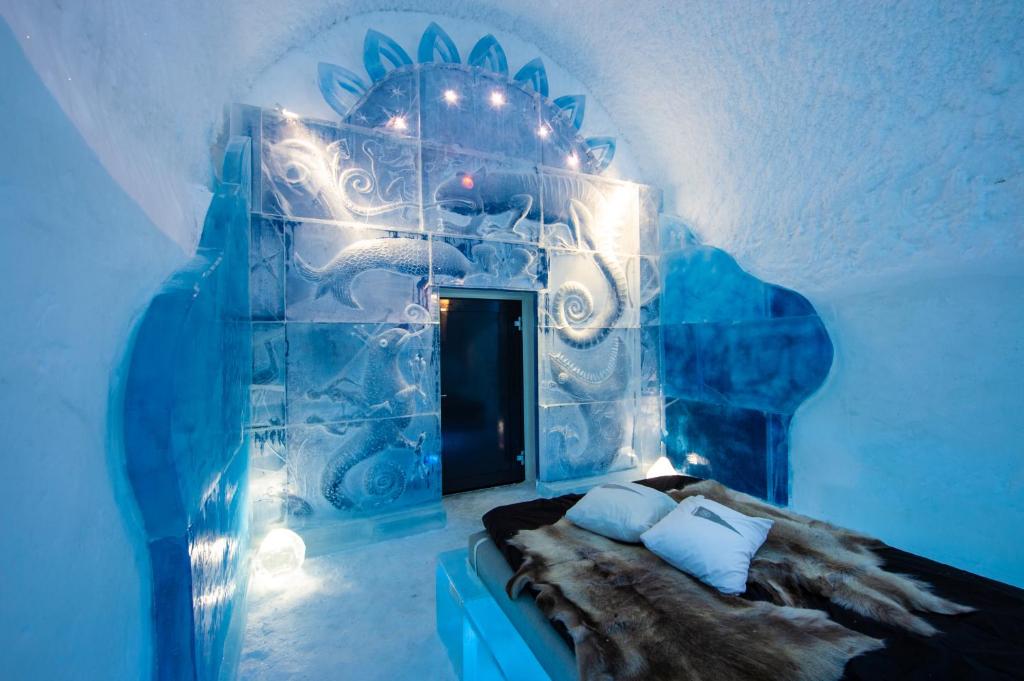
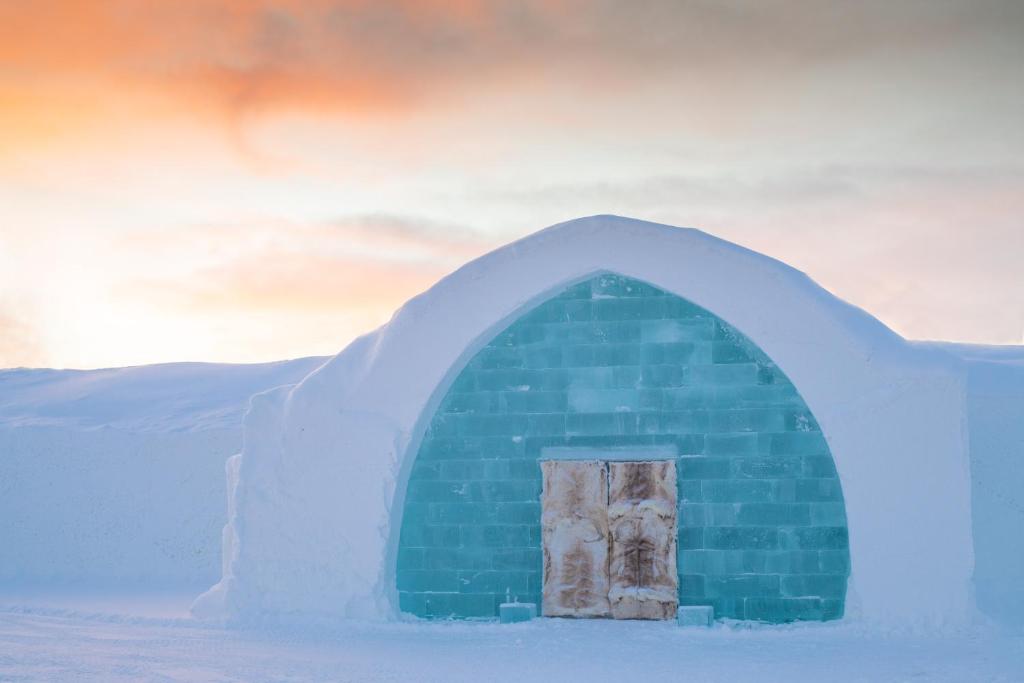
Spot wild moose and reindeer in their natural habitat
Spotting wild moose and reindeer in their natural habitat is a unique and exciting experience that many visitors to Sweden seek out. Moose and reindeer are both native to Sweden and can be found in many parts of the country, particularly in the northern and central regions. Visitors can go on guided tours or self-guided hikes to try to spot these majestic creatures in their natural environment.
Some popular destinations for moose and reindeer spotting in Sweden include Abisko National Park, which is located in Lapland and is home to a wide variety of wildlife, including moose, reindeer, and arctic foxes. Another popular destination is Tännforsen, which is a waterfall in Jämtland that is surrounded by dense forest and is a known habitat for both moose and reindeer. Additionally, the island of Gotland is home to a large population of wild reindeer, which can often be seen grazing in the island’s meadows and forests.
Explore Jönköping/Lake Vättern
Jönköping and Lake Vättern offer a stunning and peaceful getaway for visitors to Sweden. Jönköping is a charming town located on the southern shore of Lake Vättern, which is the second-largest lake in Sweden. Visitors can explore the town’s many quaint shops and cafes, or take a stroll along the scenic lakeshore. The lake itself offers a range of activities, including swimming, boating, and fishing. The area is also home to several nature reserves, where visitors can hike through forests and explore the local flora and fauna. With its stunning natural beauty and charming small-town atmosphere, Jönköping and Lake Vättern are a must-see destination for anyone looking to experience the beauty and tranquility of Sweden’s great outdoors.
Go snorkeling or diving in Kosterhavet National Park
Kosterhavet National Park is a stunning destination for anyone interested in snorkeling or diving. The park is located on Sweden’s west coast and is home to a diverse range of marine life, including colorful fish, crabs, and even seals. Visitors can explore the park’s many underwater caves and rock formations, which are home to a wide variety of plant and animal species. The park also offers a range of other activities, including hiking, kayaking, and bird watching. With its crystal-clear waters and rich marine life, Kosterhavet National Park is a must-see destination for anyone looking to experience the beauty and wonder of Sweden’s aquatic environment.
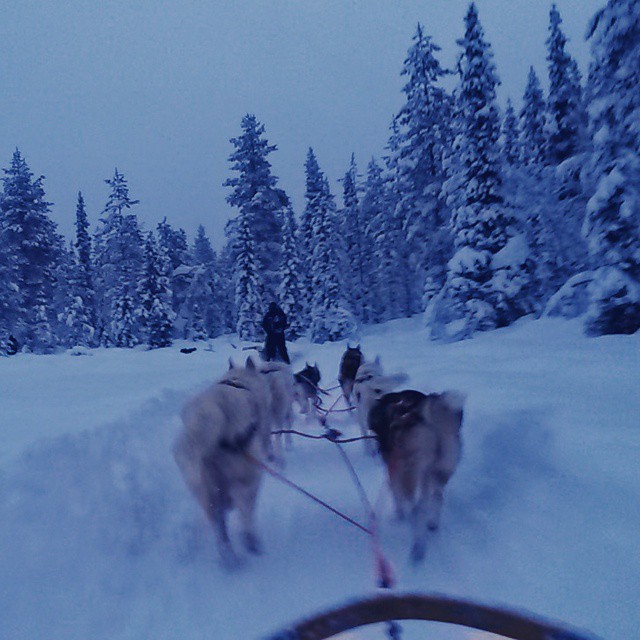
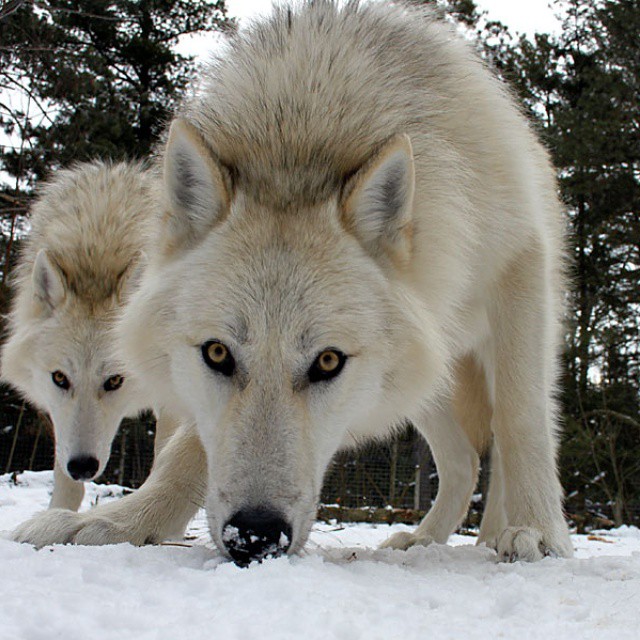
Go Dog Sledding
Dog sledding is a popular and thrilling winter activity in Sweden, offering visitors the chance to experience the country’s stunning snowy landscapes up close. With a team of energetic and well-trained dogs pulling the sled, visitors can speed through the wilderness and take in the beautiful scenery around them. There are several destinations throughout Sweden where visitors can go dog sledding, including in the northern regions of Lapland and Jämtland, where the snowy wilderness is particularly breathtaking. Popular destinations for dog sledding include the Abisko National Park, where visitors can take multi-day expeditions through the stunning Arctic landscape, and Åre, which is one of Sweden’s premier winter sports destinations and offers a range of dog sledding experiences for visitors of all ages and skill levels.
Take a Cruise on Lake Malaren
Taking a cruise on Lake Malaren is a must-do activity for anyone visiting Sweden. Lake Malaren is one of Sweden’s largest lakes, stretching over 160 Km (100 miles) and offering some of the most stunning views in the country. Visitors can take a leisurely cruise around the lake, admiring its picturesque islands and charming villages from afar. The lake is surrounded by lush forests and rolling hills, providing a breathtaking backdrop for any cruise. In addition to its natural beauty, Lake Malaren is also home to several historic sites and cultural attractions, such as the beautiful Drottningholm Palace, which is a UNESCO World Heritage Site. Overall, taking a cruise on Lake Malaren is a relaxing and unforgettable way to experience the natural beauty and cultural heritage of Sweden, and is sure to leave a lasting impression on visitors of all ages and backgrounds.
Visit ABBA: The Museum
Located on the island of Djurgården in Stockholm, ABBA: The Museum is a must-visit destination for fans of one of Sweden’s most famous bands. The museum features interactive exhibits that showcase the band’s history, from their early days to their international success. Visitors can explore the band’s recording studio, see their iconic costumes and instruments, and even step on stage with a virtual ABBA.
Go Skiing or Snowboarding
Skiing and snowboarding are popular winter activities in Sweden, and the country boasts many world-class ski resorts. From family-friendly resorts to challenging terrain for advanced skiers and snowboarders, there are plenty of options to choose from. Some of the most popular ski resorts in Sweden include Åre, which is one of Scandinavia’s largest and most popular resorts, with a wide variety of runs and stunning views of the surrounding mountains. Another popular destination is Sälen, which is actually a collection of four separate ski areas and is known for its lively après-ski scene. Other popular ski resorts in Sweden include Riksgränsen, which is Sweden’s northernmost resort and offers skiing under the midnight sun, and Idre Fjäll, which is a family-friendly resort with a range of activities for all ages.
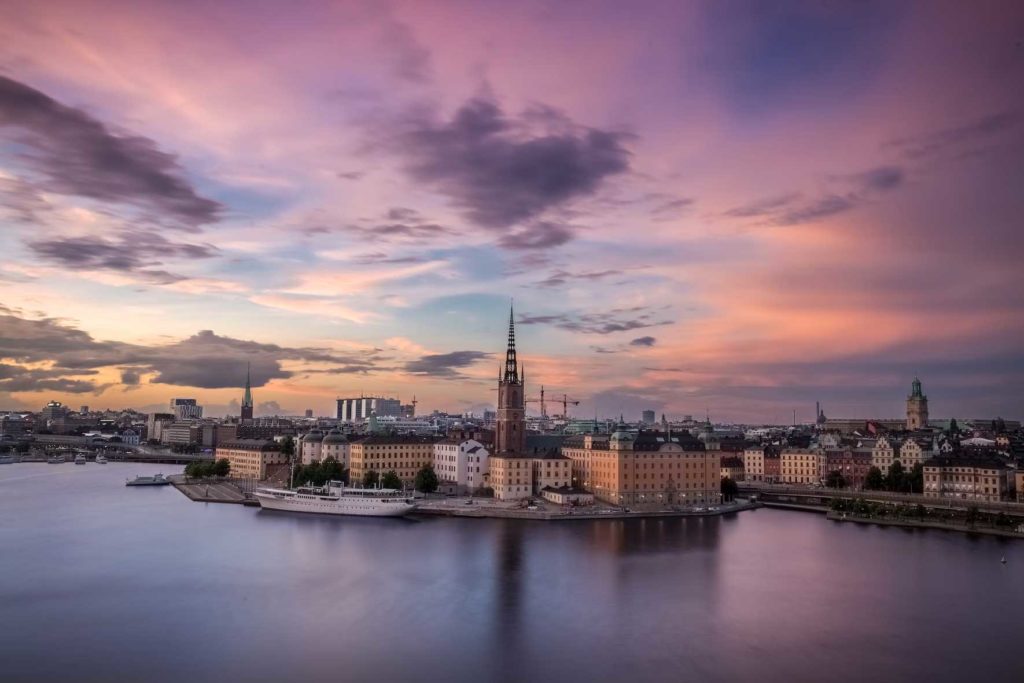
The culture and way of life in Sweden
Sweden is a country with a rich and diverse culture, shaped by its history, geography, and social values. The Swedish way of life is often characterized by a sense of equality, fairness, and respect for individual rights and freedoms.
One of the most defining aspects of Swedish culture is the concept of “lagom,” which roughly translates to “just the right amount.” This means that Swedes value moderation, balance, and avoiding extremes in all aspects of life. They strive for a work-life balance that allows them to pursue their passions and interests while also maintaining strong social and family connections.
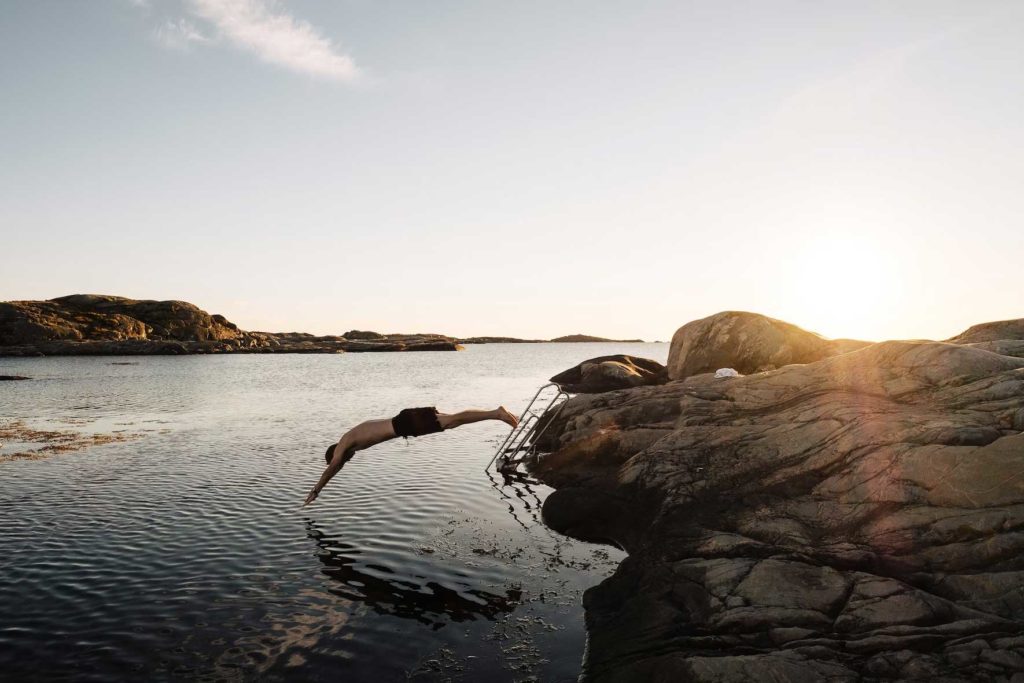
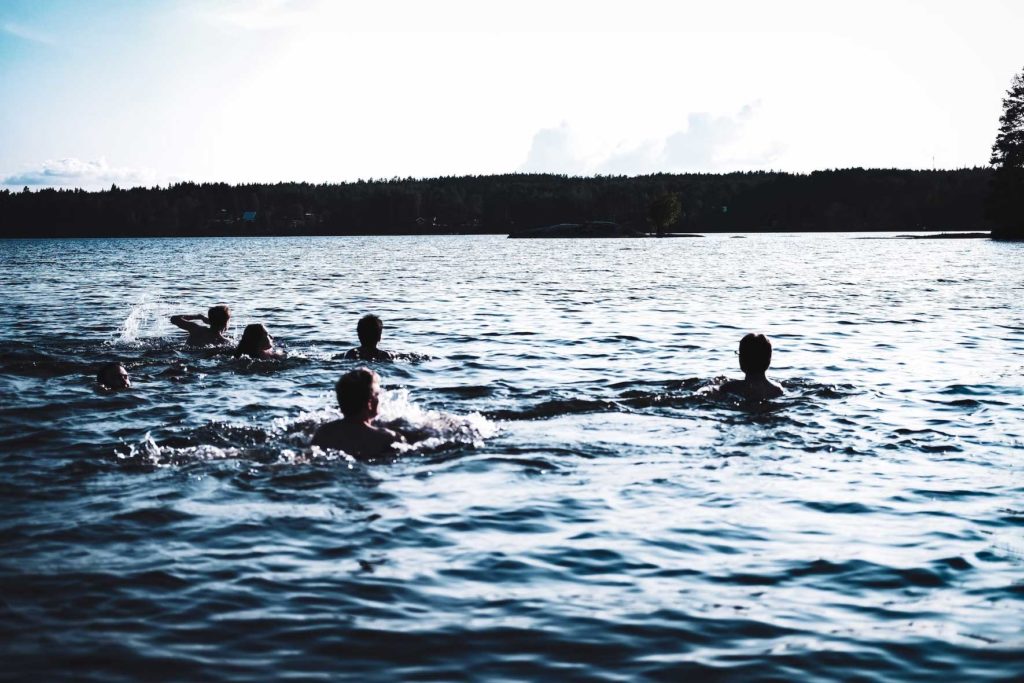
The Swedish way of life also emphasizes a strong social welfare system that provides universal healthcare, education, and benefits to all citizens. This fosters a sense of community and shared responsibility, where people are encouraged to help each other and contribute to the greater good.
Swedes also place a high value on nature and the environment, with many people enjoying outdoor activities like hiking, camping, and skiing. The country’s stunning landscapes, including vast forests, rolling hills, and pristine lakes, are a source of national pride and a symbol of Swedish identity.
In terms of cuisine, Swedish food is often characterized by simplicity and wholesome ingredients. Traditional dishes include meatballs, pickled herring, and crispbread, while modern Swedish cuisine has been influenced by global trends and emphasizes fresh, locally sourced ingredients.
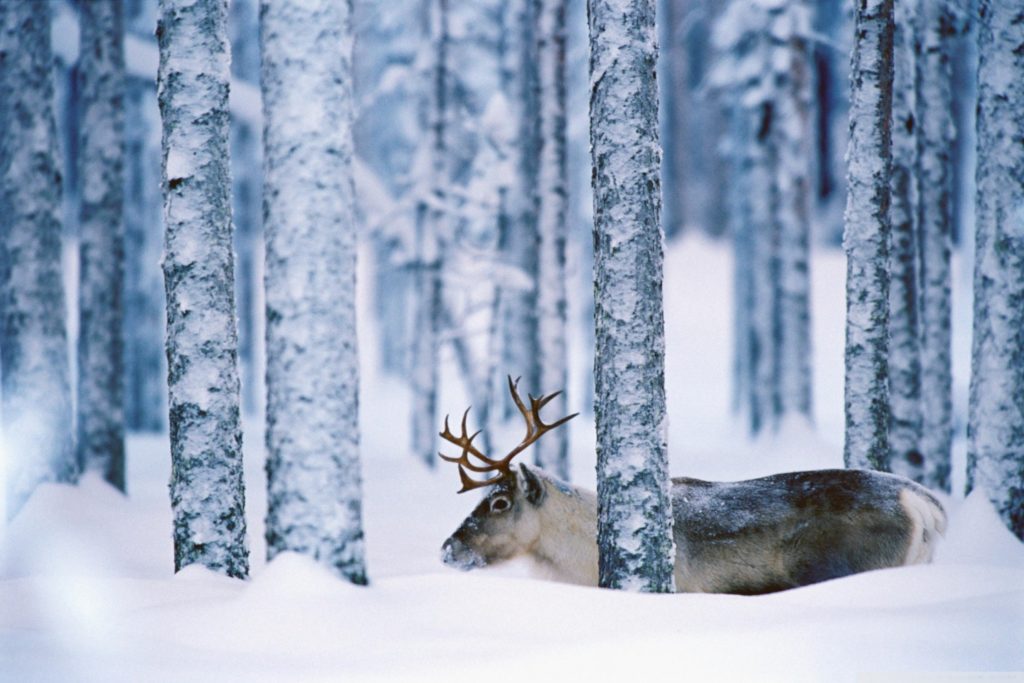
Where to stay – the top 10 iconic and most luxurious hotels of Sweden
Grand Hôtel Stockholm: Located in the heart of Stockholm, the Grand Hôtel is a historic five-star hotel that has hosted many famous guests over the years.
Hotel Diplomat: This luxurious hotel in Stockholm overlooks the harbor and features stylish rooms and suites, a spa, and a renowned restaurant.
Lydmar Hotel: Another luxury hotel in Stockholm, the Lydmar features spacious rooms, a rooftop terrace, and a popular restaurant and bar.
Nobis Hotel: This elegant hotel in Stockholm is housed in a historic building and features luxurious rooms and suites, a spa, and an acclaimed restaurant.
Ett Hem: This boutique hotel in Stockholm is housed in a historic mansion and features just 12 luxurious rooms, a spa, and a cozy library.
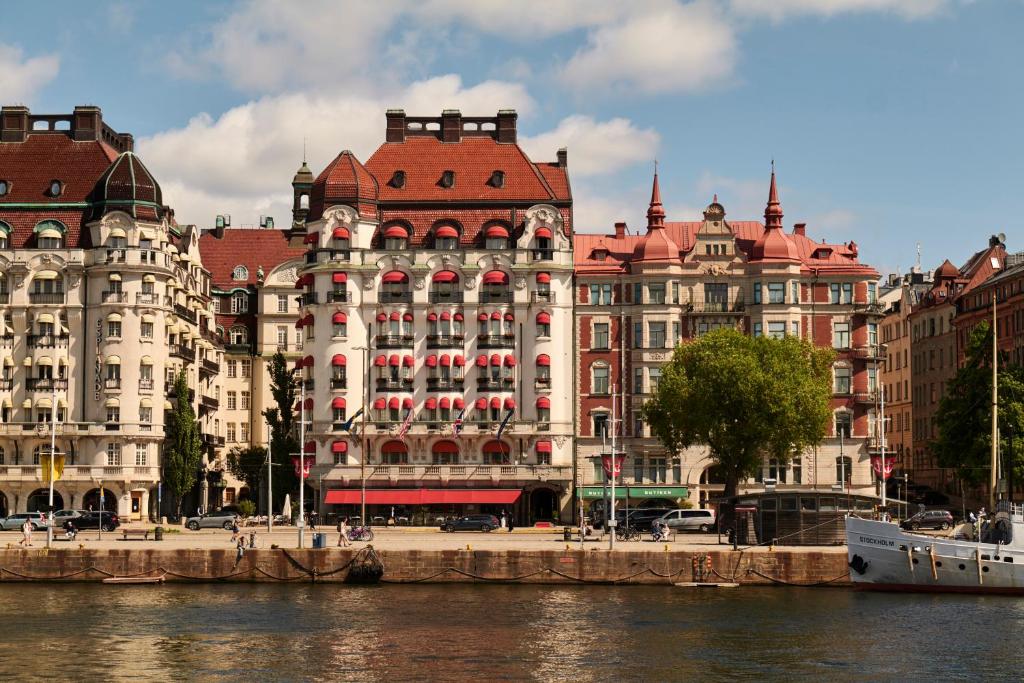
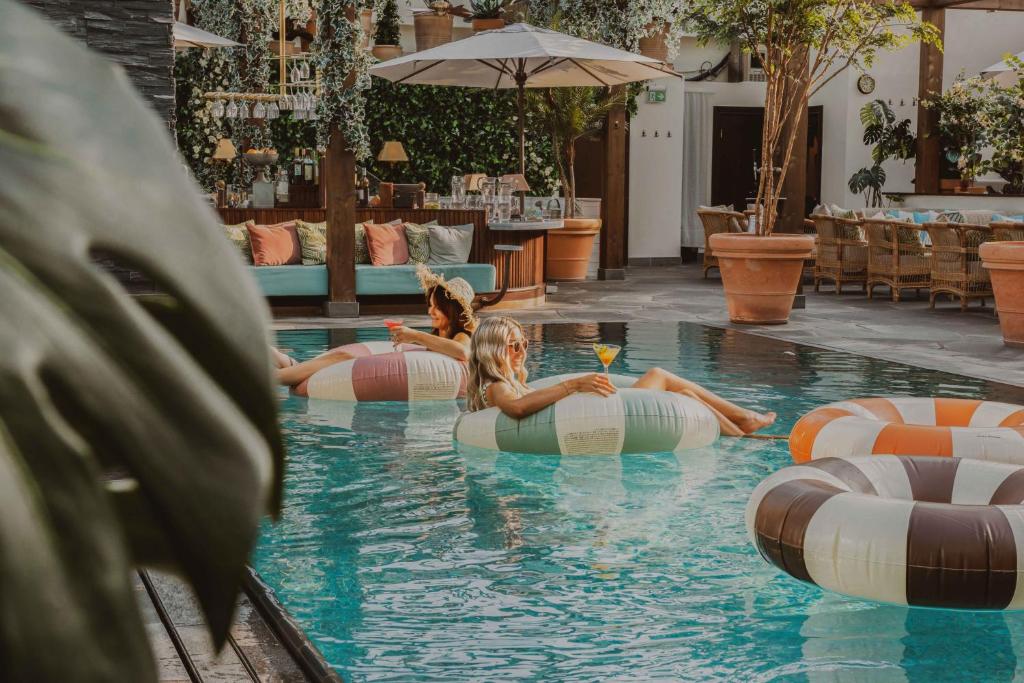
Upper House: Located in the Gothia Towers in Gothenburg, the Upper House is a luxurious hotel that offers stunning views of the city and features spacious rooms and suites, a spa, and several restaurants.
Treehotel: This unique hotel in Lapland offers guests the chance to stay in a treehouse and enjoy the stunning natural surroundings.
Storforsen Nature’s Resort: This remote resort in Swedish Lapland features luxurious cabins and suites, a restaurant, and access to the stunning Storforsen waterfall.
Copperhill Mountain Lodge: This luxurious ski resort in Åre features spacious rooms and suites, a spa, and several restaurants and bars.
Falkenberg Strandbad: This luxury hotel on the west coast of Sweden features stunning views of the sea, a spa, and several restaurants and bars.
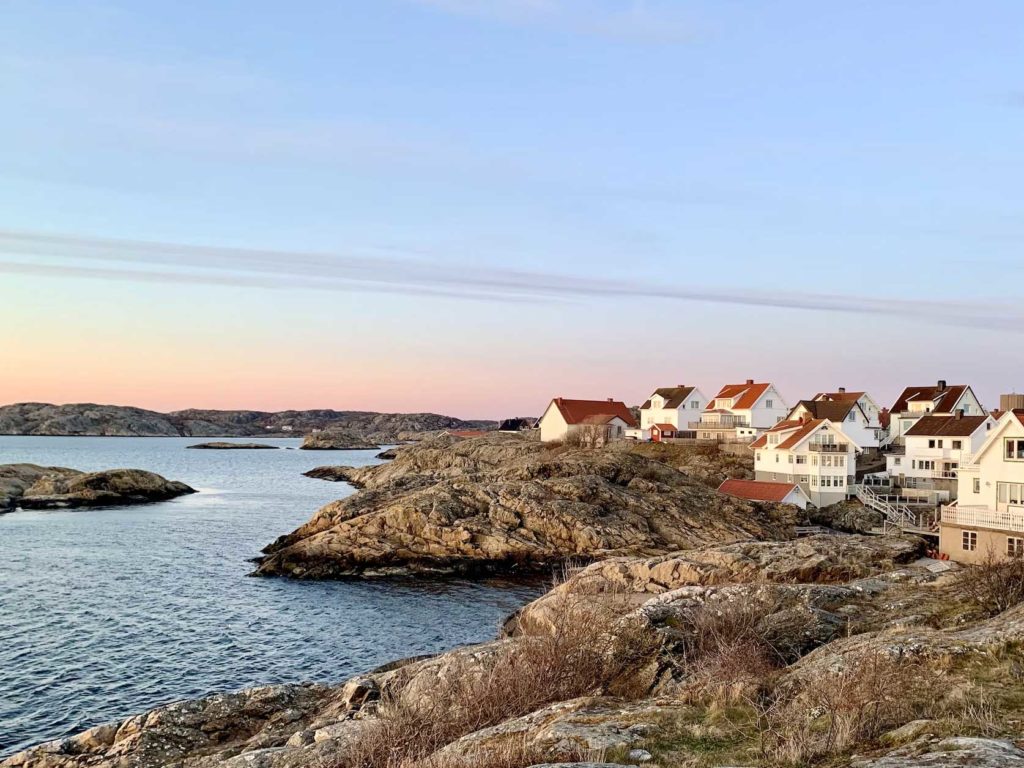
Food and drinks in Sweden
Food specialities of Sweden
Swedish cuisine is known for its simplicity, wholesome ingredients, and focus on fresh, local produce. The country’s culinary traditions have been shaped by its geography, history, and climate, resulting in a unique and diverse range of dishes and flavors.
One of the most iconic Swedish dishes is meatballs, or “köttbullar,” which are typically made with a blend of ground beef and pork, breadcrumbs, and spices. They are often served with mashed potatoes, lingonberry jam, and gravy, and are a staple of Swedish home cooking.
Another popular dish is “gravlax,” or cured salmon, which is typically served with dill and mustard sauce, and often accompanied by rye bread. “Janssons Frestelse,” or Jansson’s temptation, is a classic Swedish casserole made with potatoes, onions, cream, and anchovies, and is often served as a side dish.
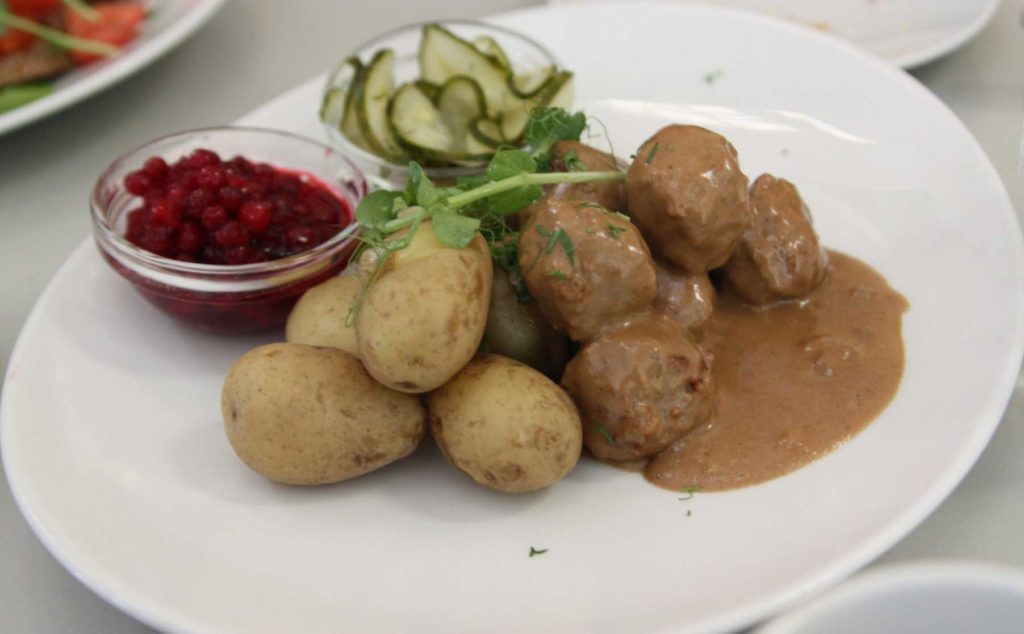
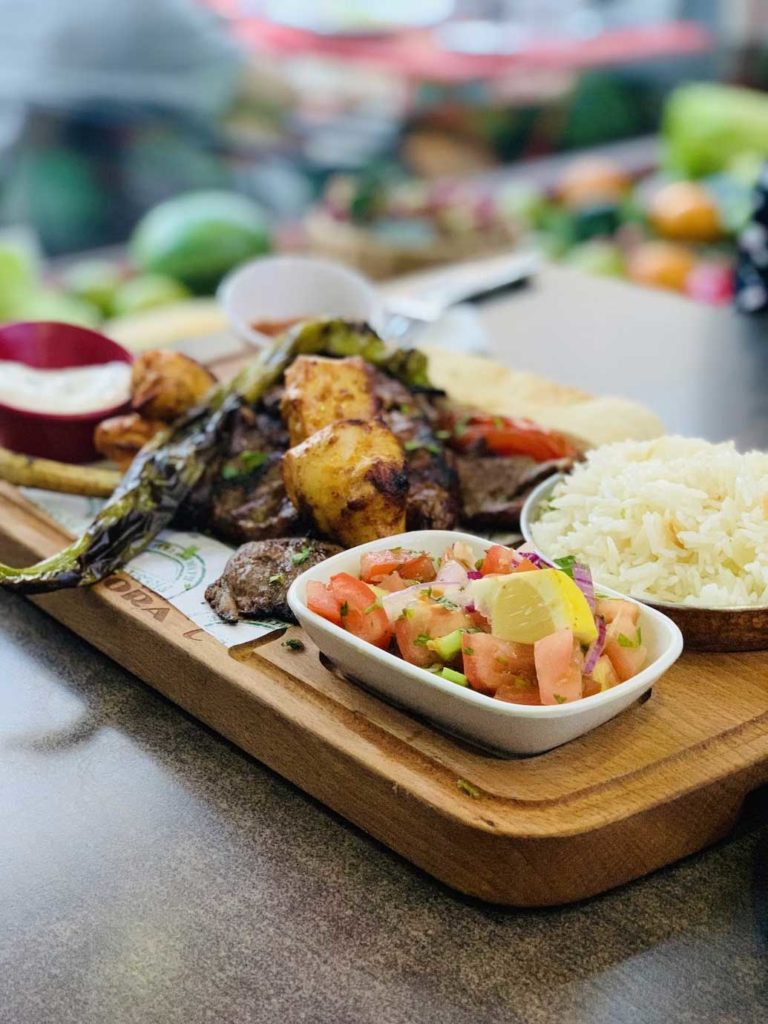
Swedish cuisine is also known for its seafood, including herring, salmon, and crayfish. “Smörgåsbord,” or a buffet of cold dishes, is a popular Swedish tradition that often features a range of seafood dishes, as well as cold cuts, cheeses, and salads.
For dessert, Sweden offers a range of sweet treats, including “kladdkaka,” a gooey chocolate cake, and “princess cake,” a layered cake filled with raspberry jam and whipped cream and covered in green marzipan.
In addition to these classic dishes, modern Swedish cuisine has been influenced by global trends and emphasizes fresh, locally sourced ingredients. Many restaurants in Sweden now offer innovative and creative dishes that showcase the best of the country’s produce and culinary traditions.
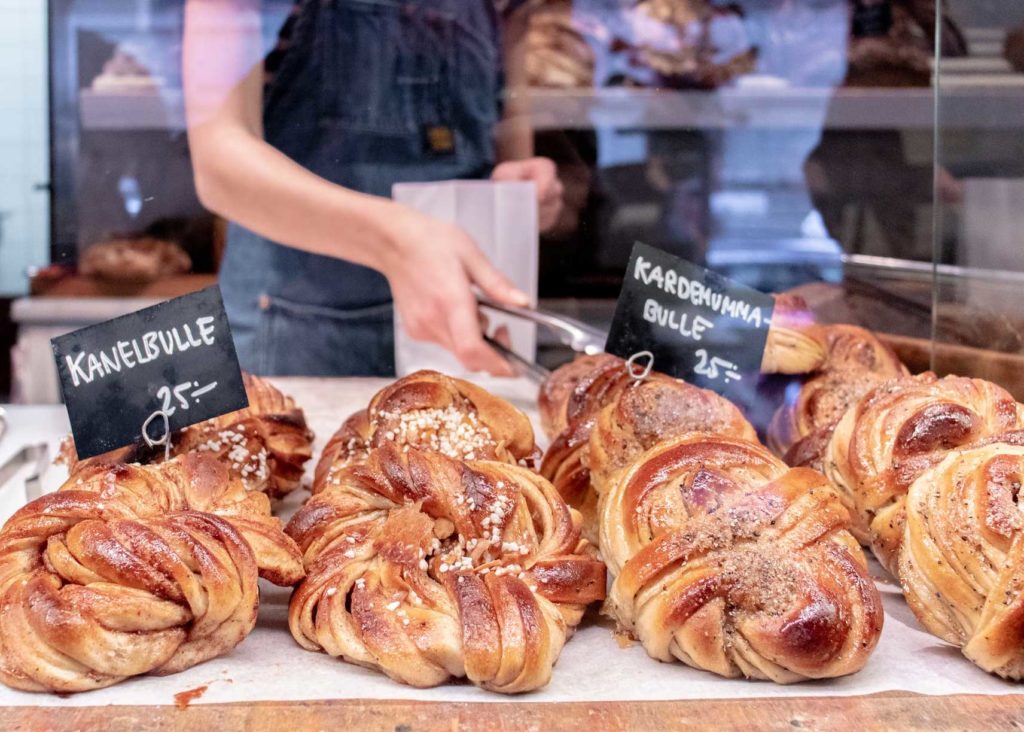
Top 10 restaurants in Sweden you should try
Frantzén: Located in Stockholm, Frantzén is a three-Michelin-starred restaurant helmed by chef Björn Frantzén. The restaurant offers a seasonal tasting menu that highlights local ingredients and Swedish traditions, with dishes like smoked reindeer heart and langoustine with fermented garlic.
Oaxen Krog: This Michelin-starred restaurant in Stockholm is housed in a former shipyard and features a menu that emphasizes local and seasonal ingredients. Chef Magnus Ek offers a tasting menu that showcases the best of Swedish cuisine, with dishes like celeriac with truffle and charred cabbage with smoked butter.
Fäviken Magasinet: Located in the remote region of Jämtland in northern Sweden, Fäviken Magasinet is a unique and highly acclaimed restaurant that offers a rustic and authentic dining experience. Chef Magnus Nilsson offers a set menu that features local and foraged ingredients, with dishes like fermented trout and roasted bone marrow.
Ekstedt: This Stockholm restaurant offers a modern take on traditional Scandinavian cuisine, with a focus on wood-fired cooking. Chef Niklas Ekstedt offers dishes like grilled langoustine with pine butter and beef tartare with bone marrow and roasted onion.
Gastrologik: This Stockholm restaurant offers a seasonal tasting menu that focuses on local and sustainable ingredients. Chef Jacob Holmström and Anton Bjuhr offer dishes like wild-caught Swedish turbot with smoked mussels and fermented kohlrabi.
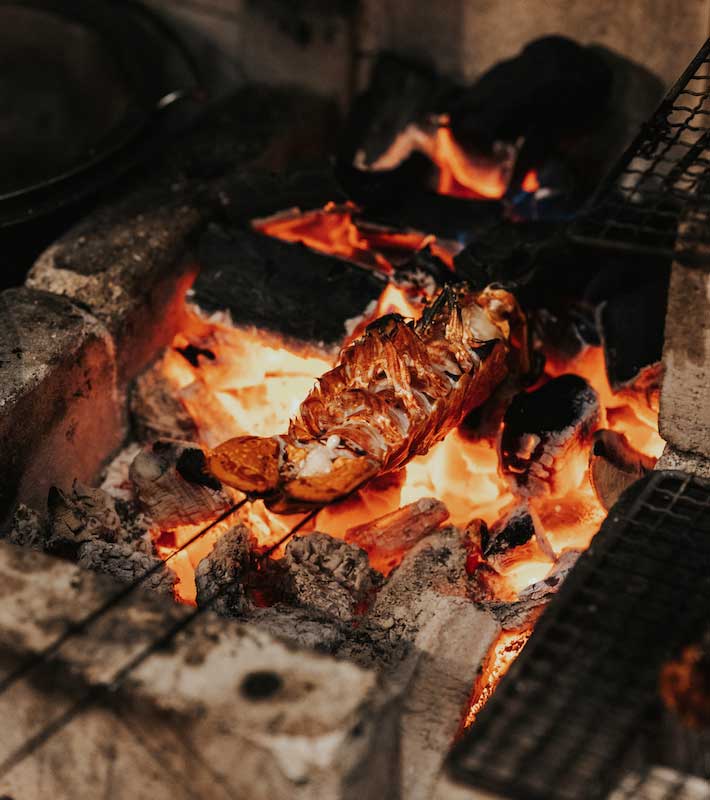
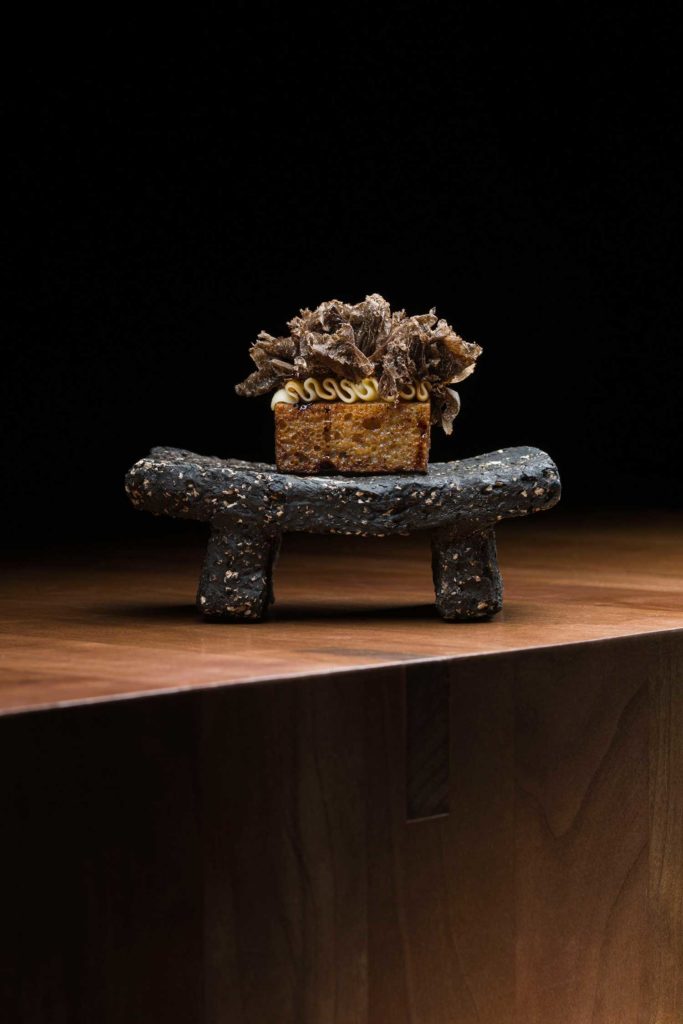
Aloë: Located in Gothenburg, Aloë is a Michelin-starred restaurant that offers a modern and innovative take on Swedish cuisine. Chef Daniel Höglander offers a tasting menu that features dishes like fermented mushrooms with wild herbs and cured scallops with birch.
Koka: This Gothenburg restaurant offers a tasting menu that focuses on local and seasonal ingredients. Chef Björn Persson offers dishes like roasted lamb with turnip and burnt onion and pickled quail egg with spruce and hazelnut.
Agrikultur: This Stockholm restaurant offers a set menu that changes daily and features local and sustainable ingredients. Chef Filip Fastén offers dishes like smoked bone marrow with fermented cucumber and roasted beets with truffle and horseradish.
Sabi Omakase: This Stockholm restaurant offers a traditional omakase experience, with a chef’s choice menu of sushi and sashimi. Chef Sayan Isaksson offers a range of high-quality and fresh seafood, including Norwegian lobster and toro tuna.
Bastard: This Malmö restaurant offers a creative and innovative menu that emphasizes local and seasonal ingredients. Chef Andreas Dahlberg offers dishes like duck liver with lingonberry and fermented apple and grilled pork with roasted cauliflower and mustard.
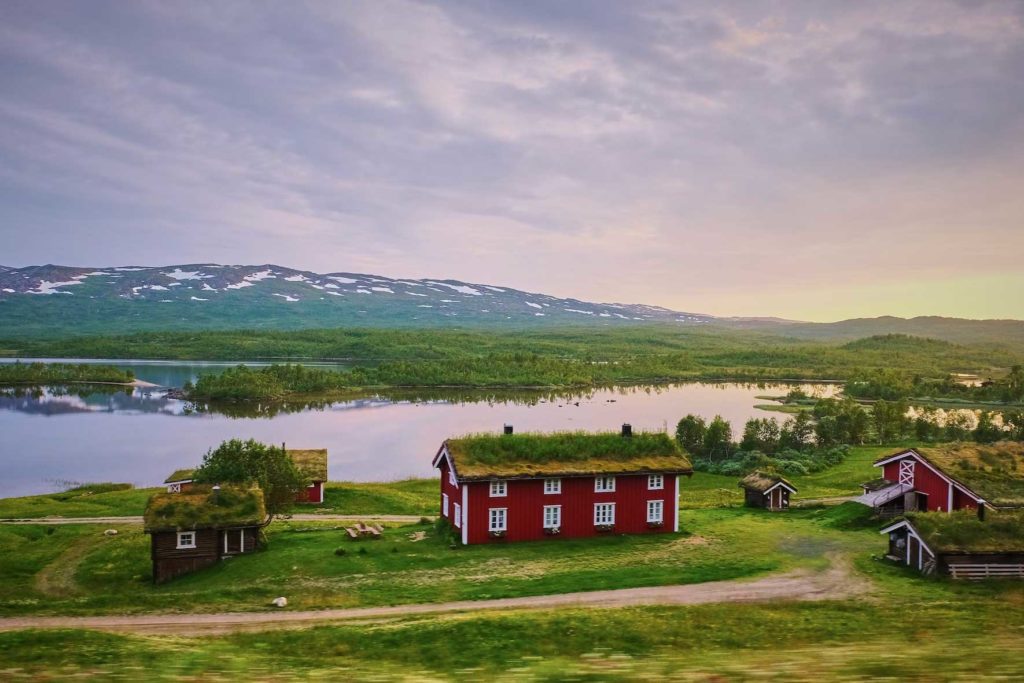
Shopping, taxes and tipping in Sweden
When shopping or dining out in Sweden, it’s important to understand the country’s taxation and tipping practices.
Sales tax, or “moms,” is included in the price of goods and services in Sweden, so you won’t have to calculate it separately when making purchases. The current VAT (value-added tax) rate in Sweden is 25%, although certain items, such as food and books, are taxed at a lower rate.
When dining out in Sweden, it’s common for a service charge, or “serviceavgift,” to be included in the bill. This charge usually ranges from 10-15% of the total bill and is intended to cover the cost of service. Unlike in some other countries, it is not expected to leave an additional tip on top of the service charge in Sweden.
However, if you receive exceptional service, you may choose to leave a small additional tip as a gesture of appreciation. This is not expected, but it is becoming more common in Sweden, especially in larger cities and tourist areas.
It’s worth noting that many businesses in Sweden are cashless, so it’s a good idea to have a credit or debit card on hand for making purchases. Additionally, some businesses may require a minimum purchase amount for card payments, so it’s always a good idea to check before making a purchase.

What not to do in Sweden, things to avoid
Sweden is generally a very welcoming and hospitable country, and visitors are unlikely to encounter any major cultural misunderstandings. However, there are a few things that visitors should be aware of in order to avoid causing offense or disrespect.
Don’t be late: Swedes place a high value on punctuality, and being late to a meeting or appointment is considered impolite. It’s always a good idea to arrive a few minutes early or on time.
Don’t litter: Sweden is a very clean and environmentally conscious country, and littering is frowned upon. Be sure to dispose of any trash or recycling properly.
Don’t skip the queue: Swedes are known for their orderly and polite behavior, and cutting in line is considered rude. Be sure to wait your turn in line.
Don’t make noise at night: Swedes place a high value on quiet and tranquility, especially during the night hours. Be mindful of noise levels if you are out in public or staying in a residential area.
Don’t be overly familiar: Swedes are generally reserved and value personal space. It’s important to respect people’s boundaries and not be overly familiar or physical with strangers.
Don’t forget to take your shoes off: It’s common practice in Sweden to remove your shoes when entering someone’s home, especially during the winter months when shoes can track in snow and mud.
Don’t drink too much: While alcohol is widely available in Sweden, excessive drinking is not socially acceptable and can lead to disruptive behavior.
Don’t discuss personal finances: Swedes are generally private about their personal finances, and it’s considered impolite to ask about someone’s salary or financial situation.
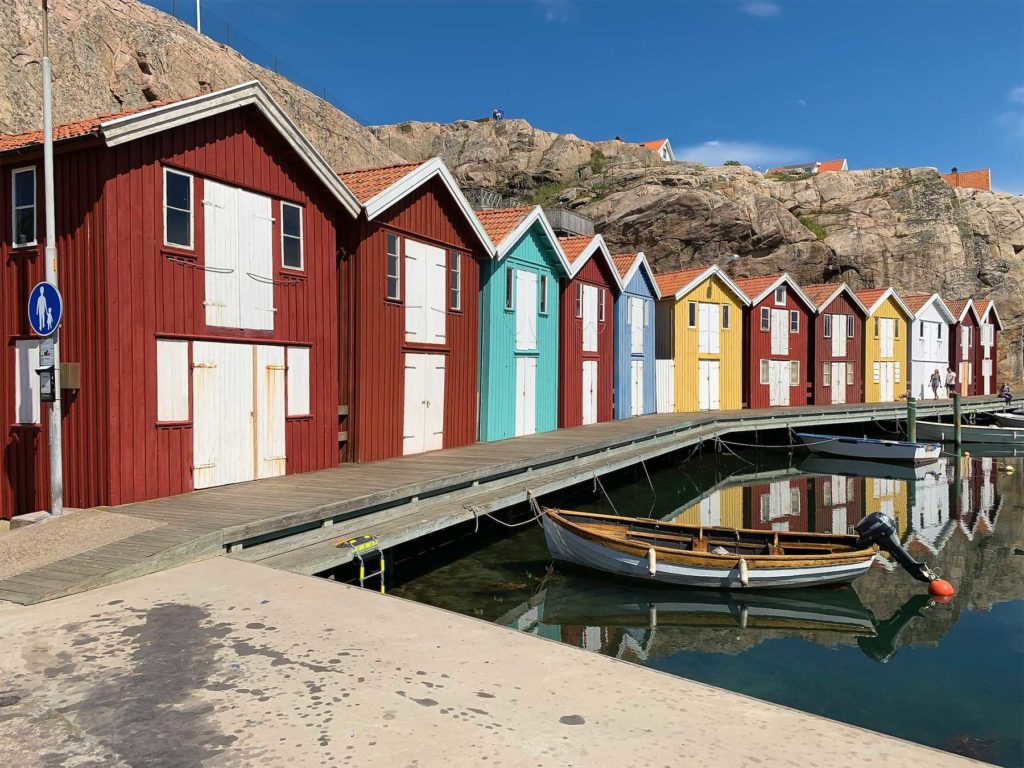
Safety and security in Sweden
Sweden is generally a safe and secure country, with a low crime rate and a strong social welfare system. However, visitors should still take certain precautions to ensure their safety and security.
Pickpocketing and petty theft can occur in crowded tourist areas or on public transportation, so it’s important to keep valuables secure and be aware of your surroundings. It’s also a good idea to use common sense and be cautious when traveling alone or at night.
Sweden is known for its strict laws and regulations, including strict gun control laws, and violent crime is relatively rare. However, there have been instances of terrorism and violent crime in recent years, so it’s important to stay informed and aware of any potential security threats.
In case of an emergency, Sweden has a well-equipped emergency services system that can be reached by dialing 112. The country also has a strong healthcare system and high-quality medical facilities.

Final advice for travellers
Currency: Sweden uses the Swedish krona (SEK). ATMs are widely available, and credit and debit cards are accepted at most businesses. It’s a good idea to have a small amount of cash on hand for emergencies, but it’s generally not necessary to carry large amounts of cash.
Cost of Living: Sweden can be expensive, especially in larger cities like Stockholm and Gothenburg. However, there are ways to save money, such as visiting during the off-season, using public transportation instead of taxis, and staying in budget-friendly accommodations.
Drinking Water: Tap water in Sweden is safe to drink and of high quality. Many businesses also offer free tap water to customers.
Smoking: Smoking is banned in all enclosed public spaces, including bars and restaurants. There are also designated smoking areas outside many public buildings.
Wi-Fi: Many hotels, cafes, and restaurants offer free Wi-Fi to customers. However, it’s always a good idea to check before assuming that Wi-Fi is available.
Tipping: Tipping is not expected in Sweden, as service charges are typically included in the bill. However, rounding up to the nearest krona or leaving a small additional tip as a gesture of appreciation is becoming more common.
National Holidays: Sweden has several national holidays, including Midsummer’s Eve (the Friday between June 19 and 25) and Christmas Eve (December 24). Many businesses and public services may be closed on these days.
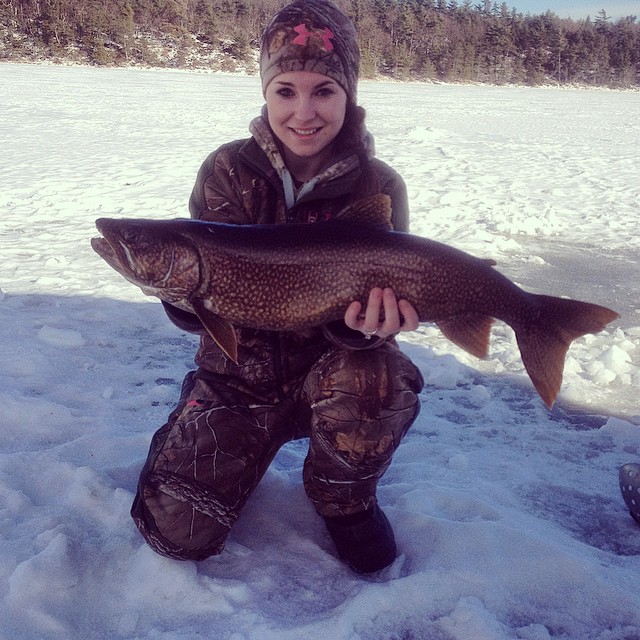
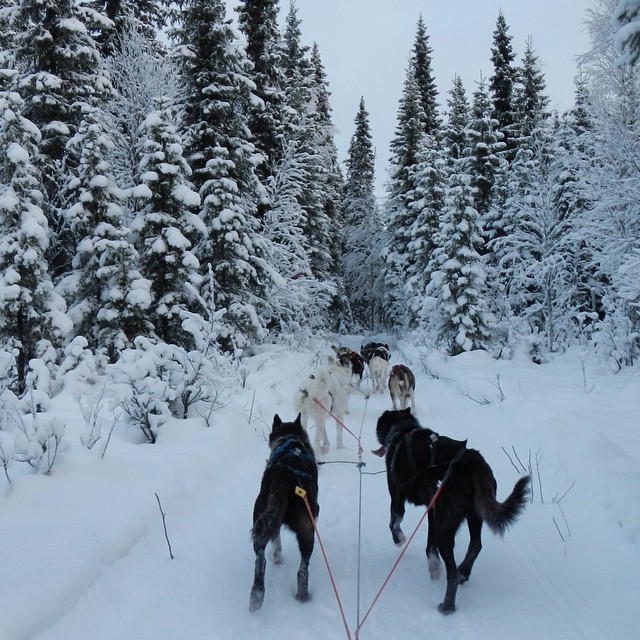
–
Check our Travel Guides.